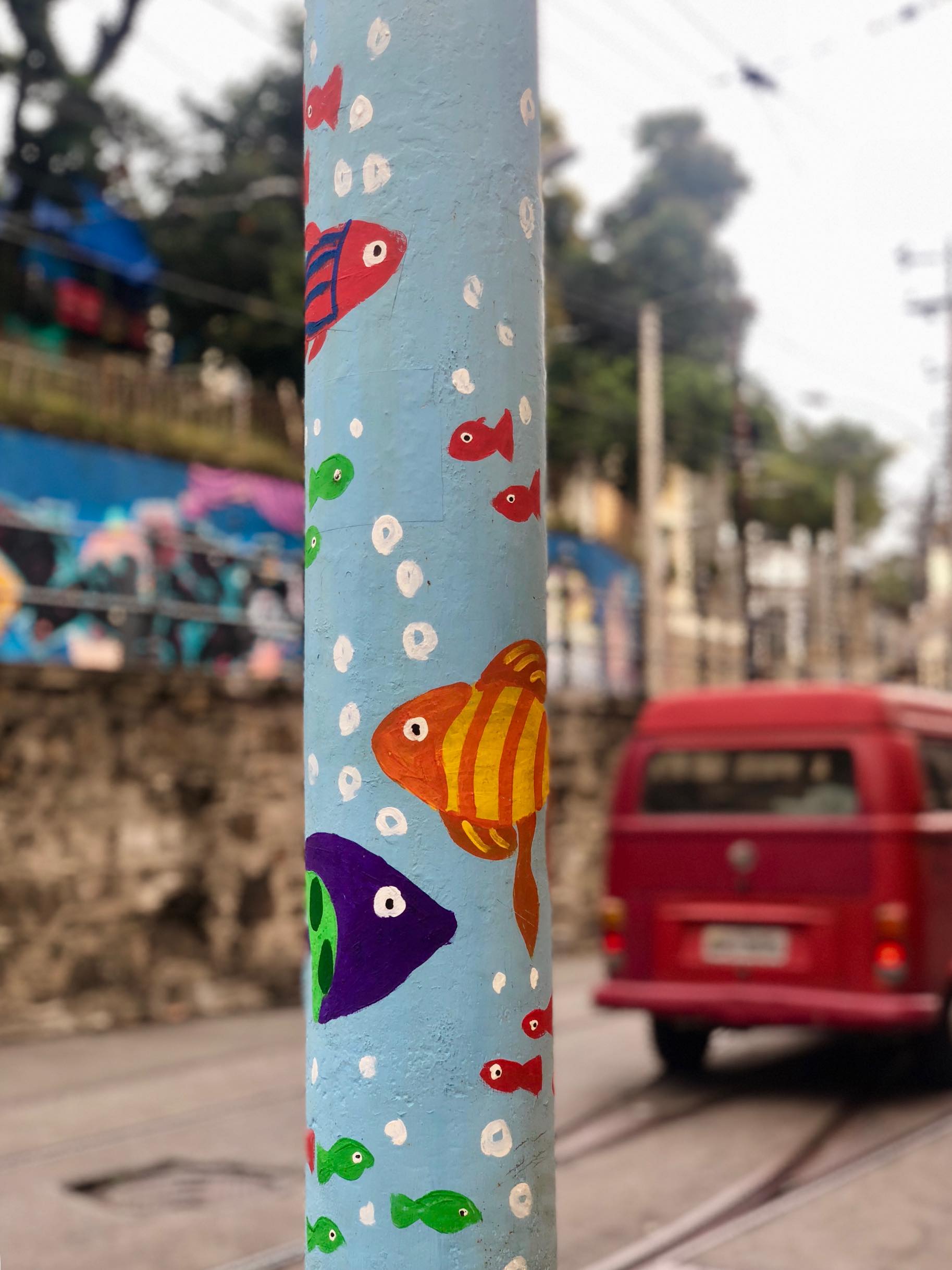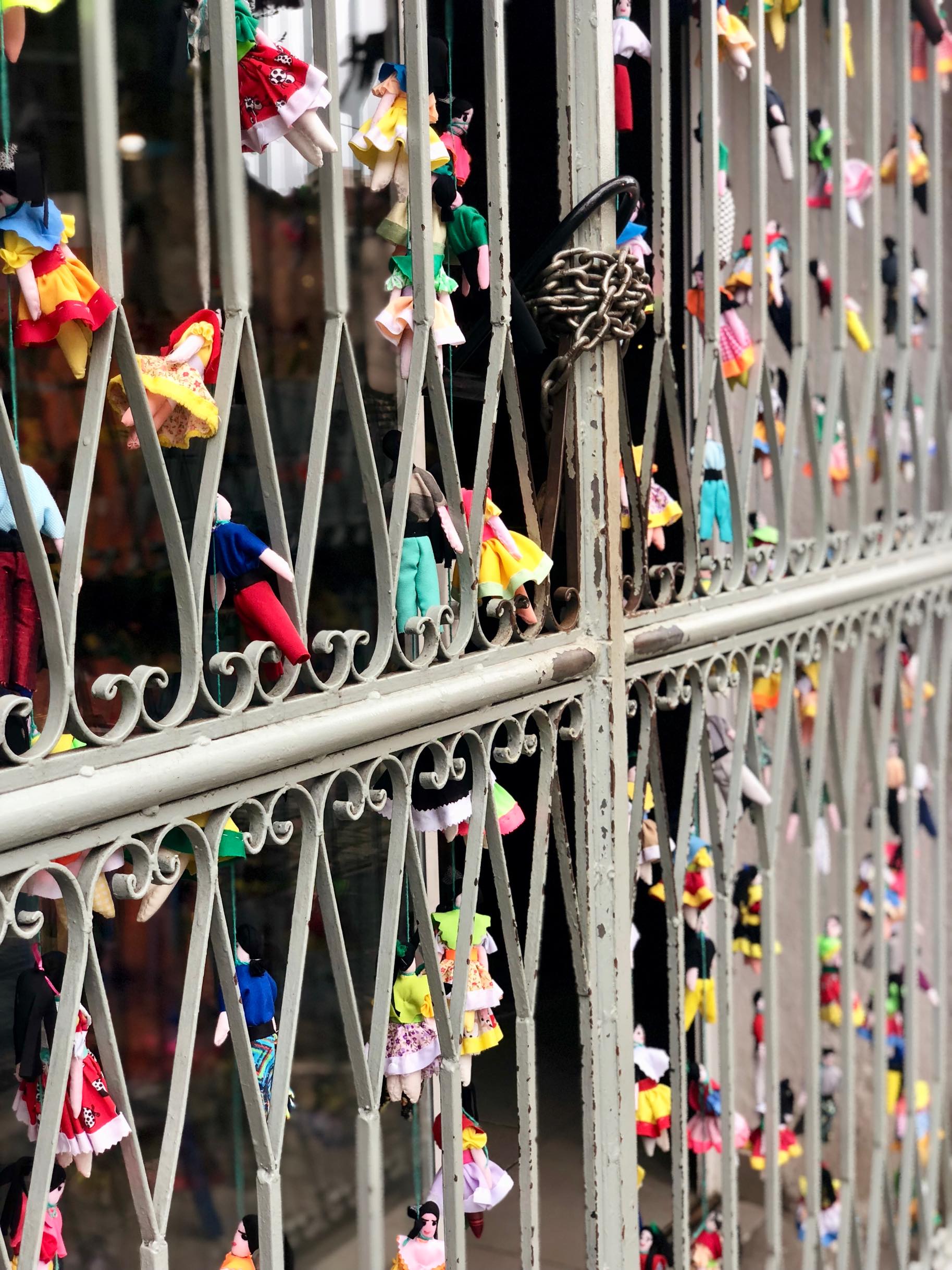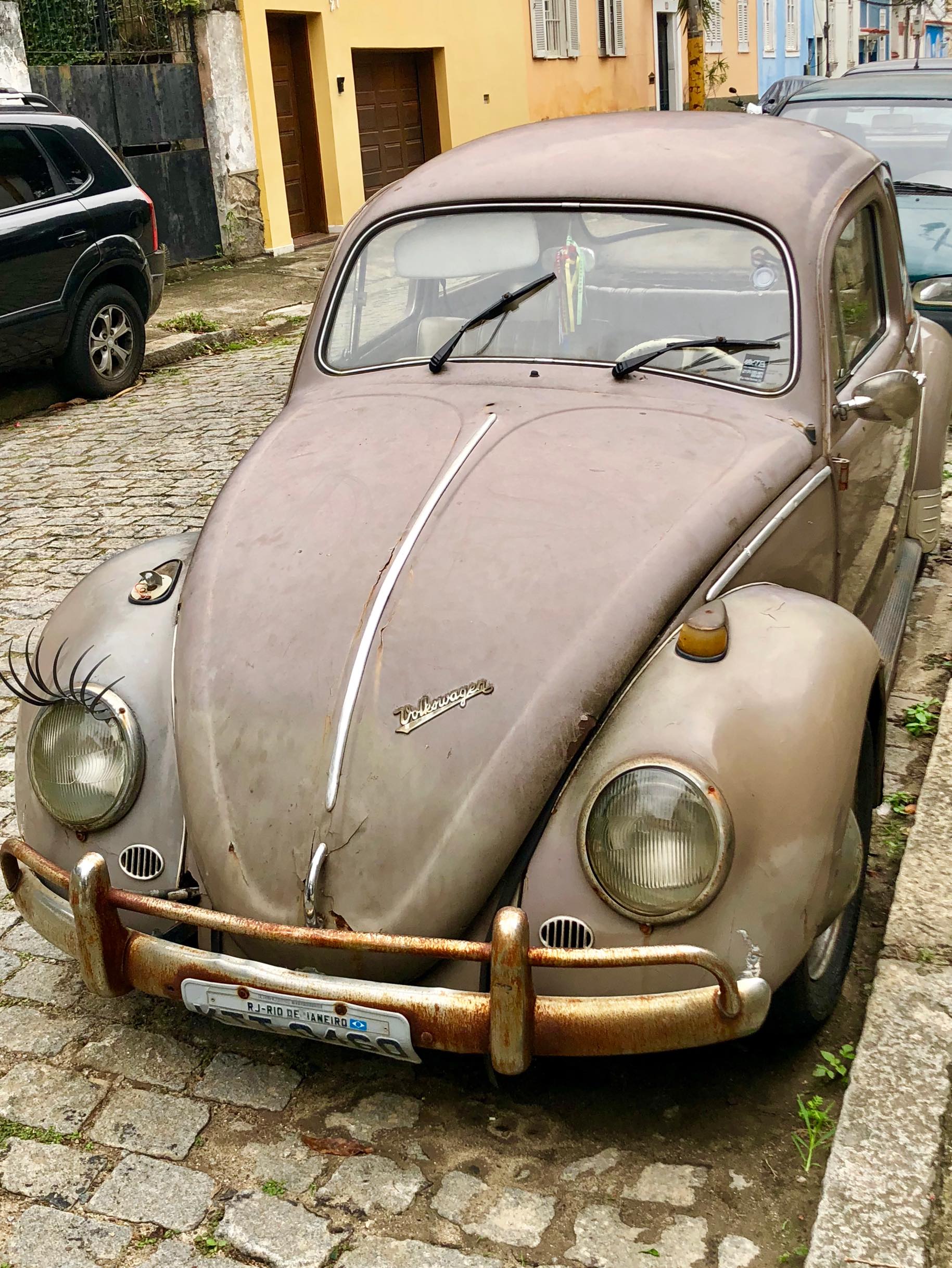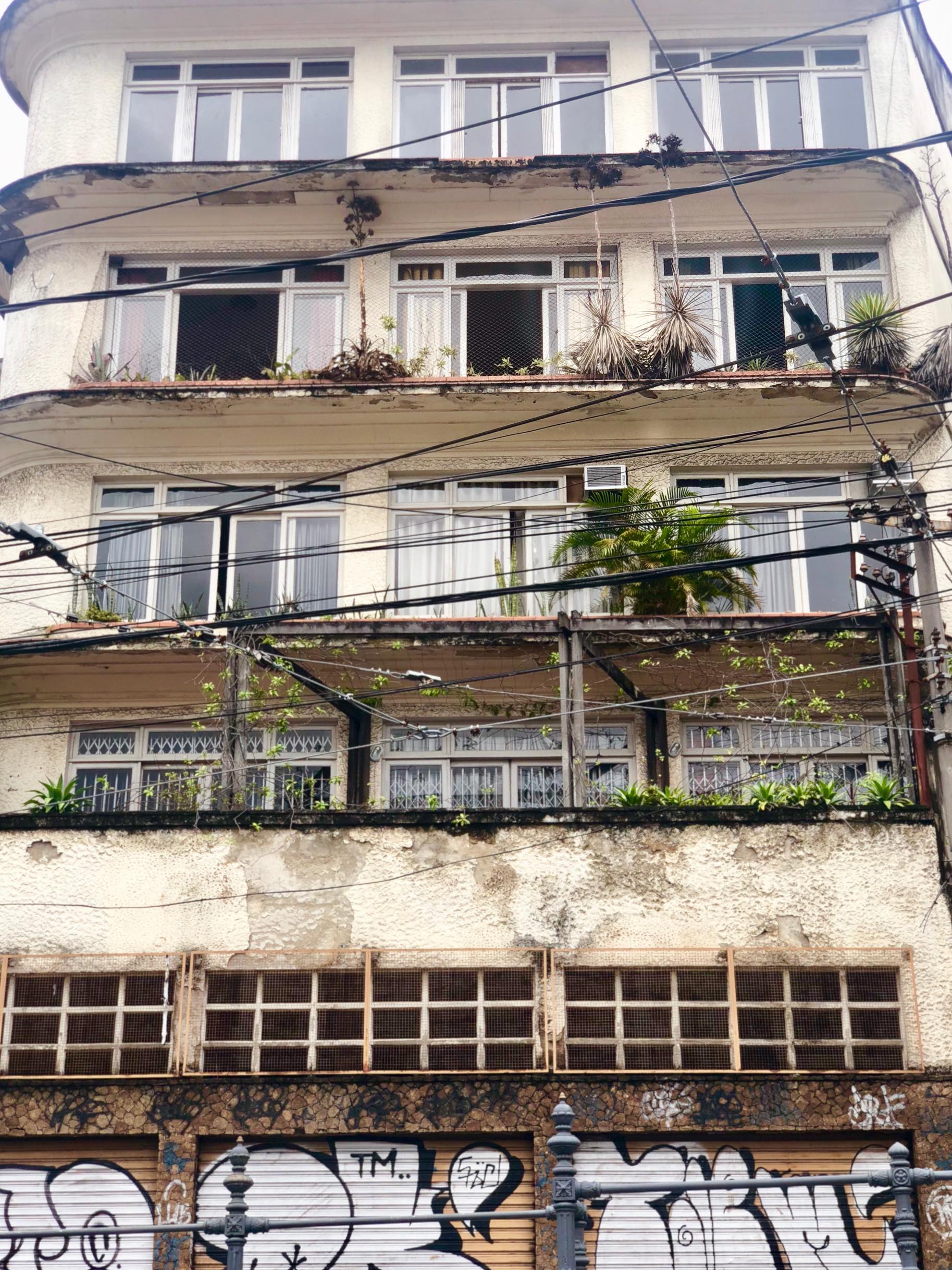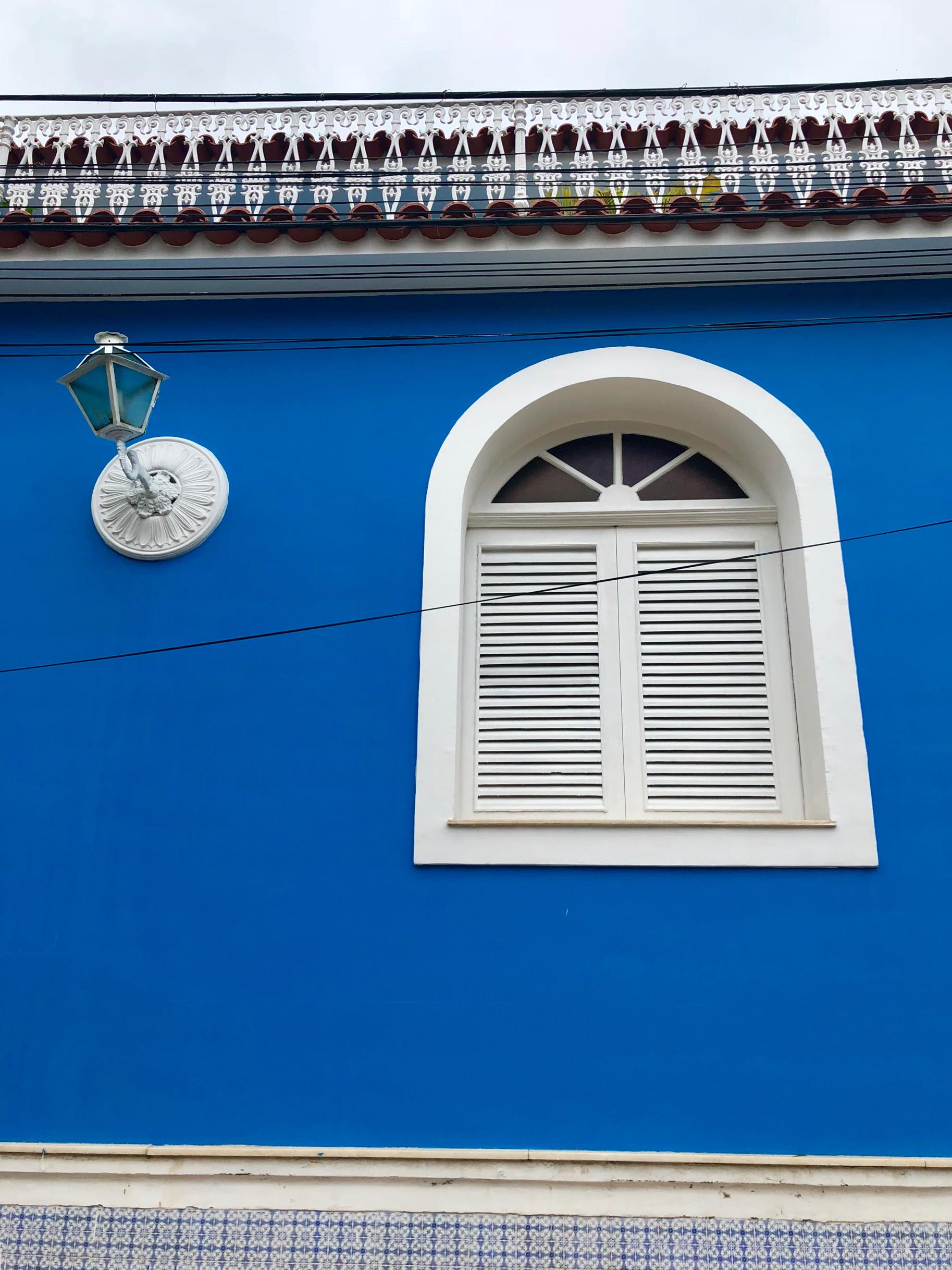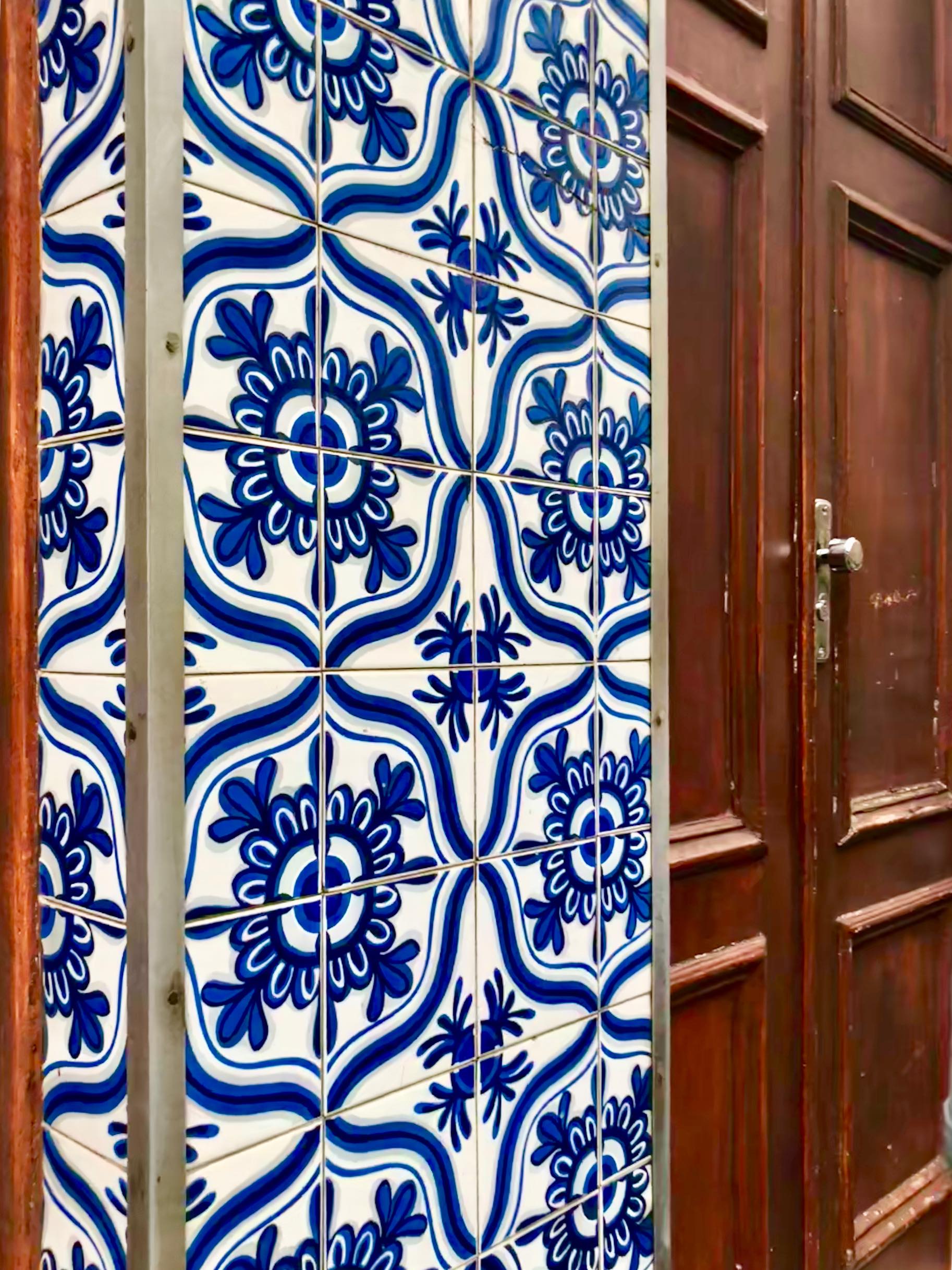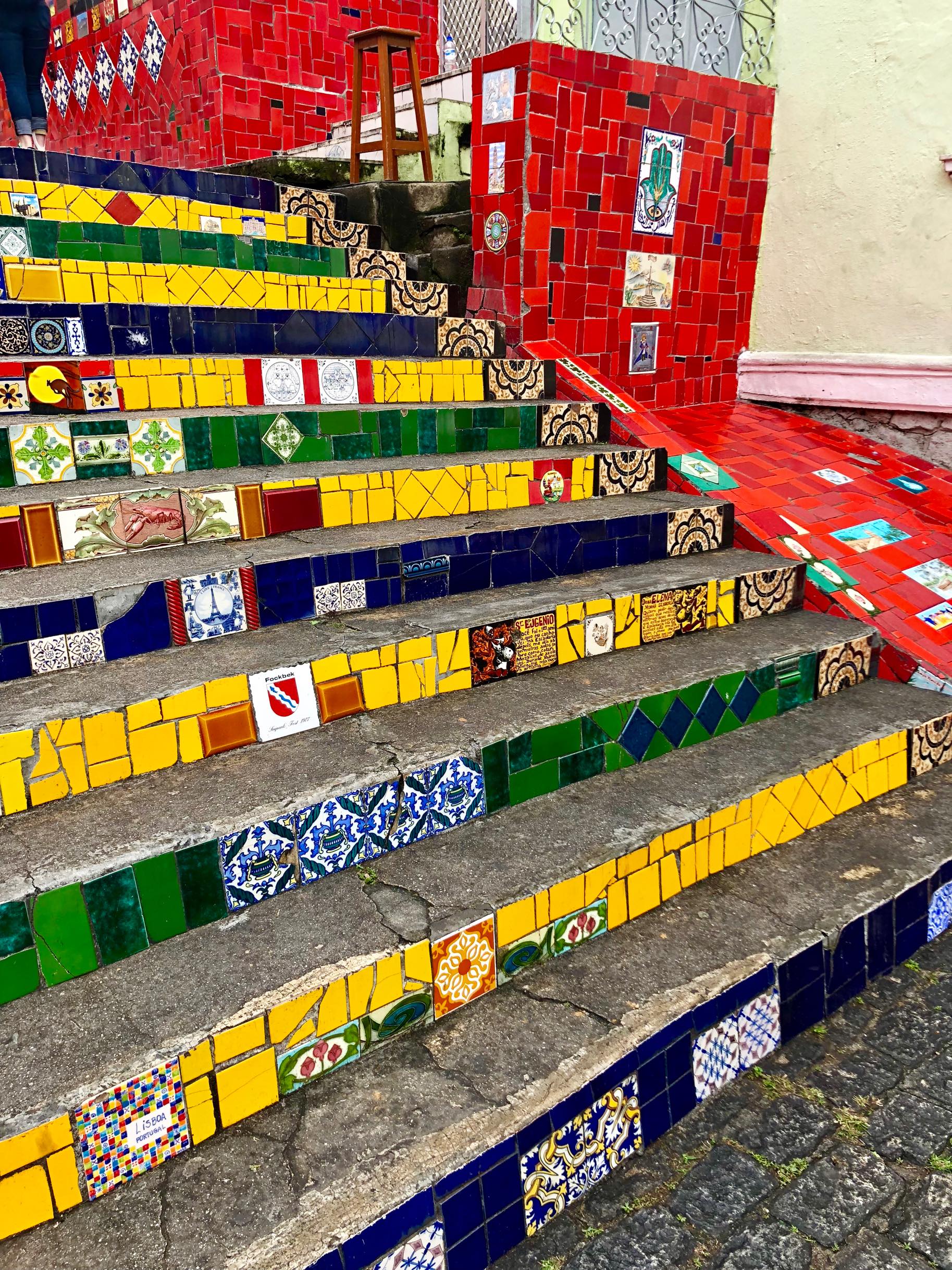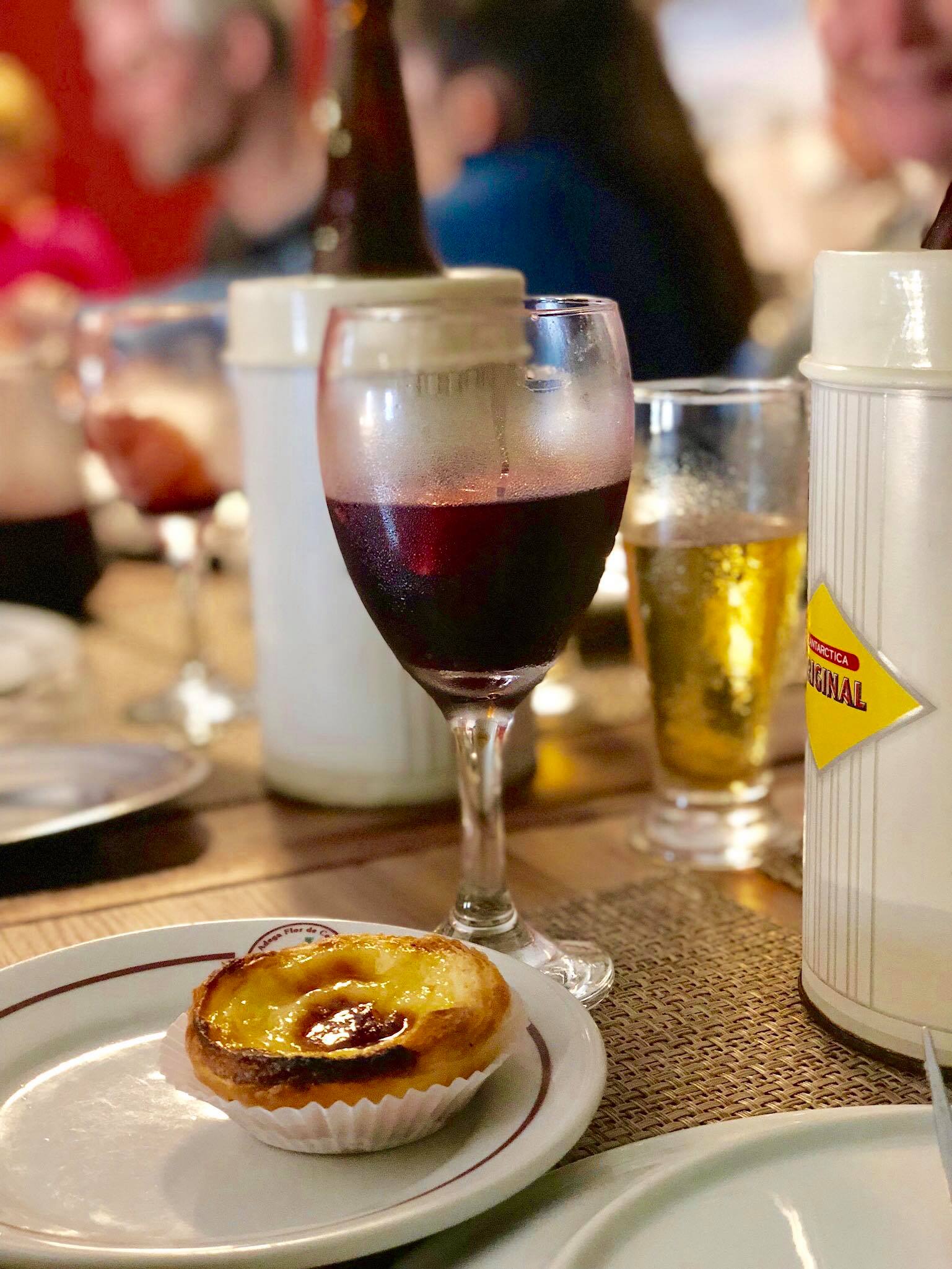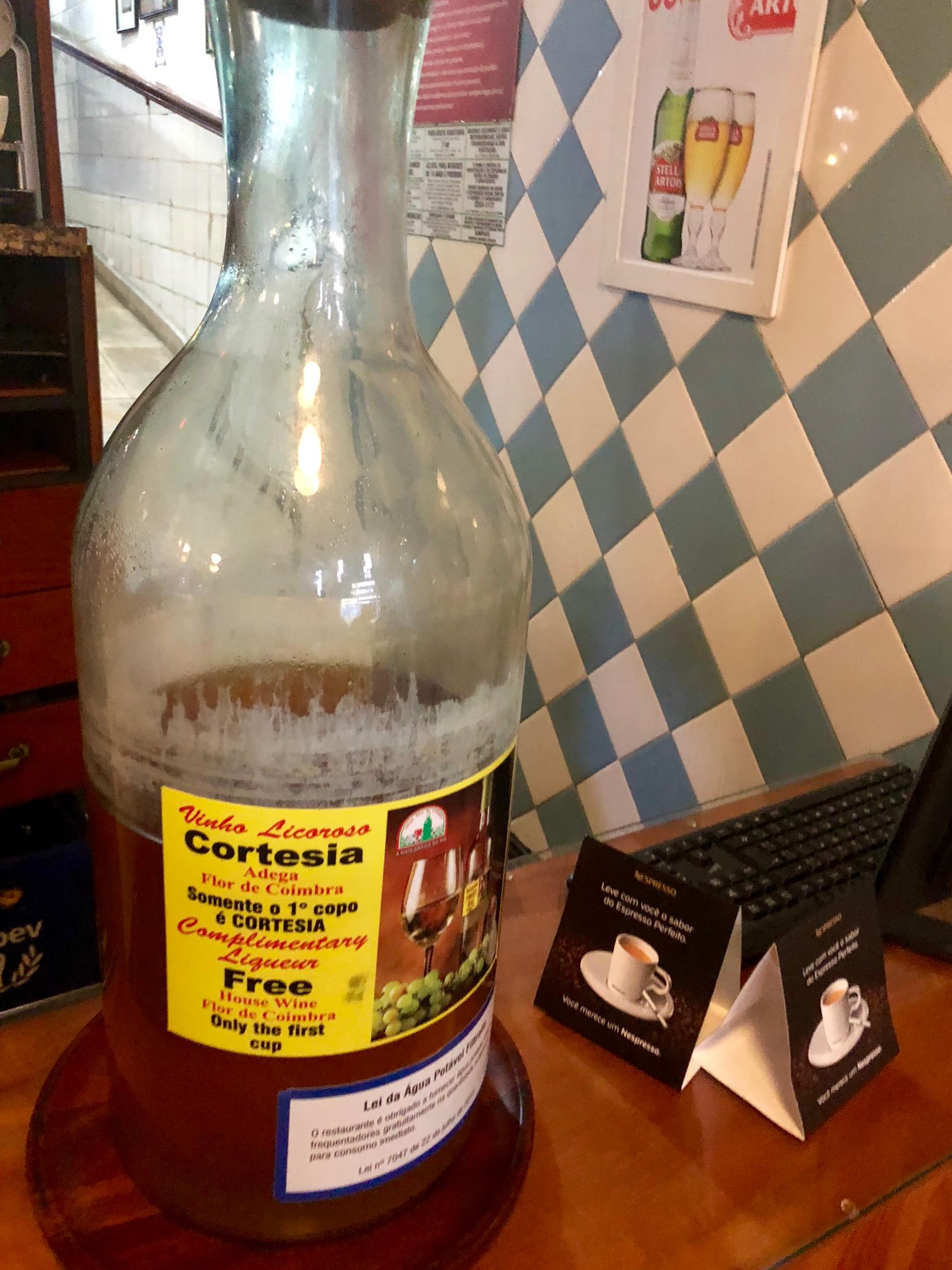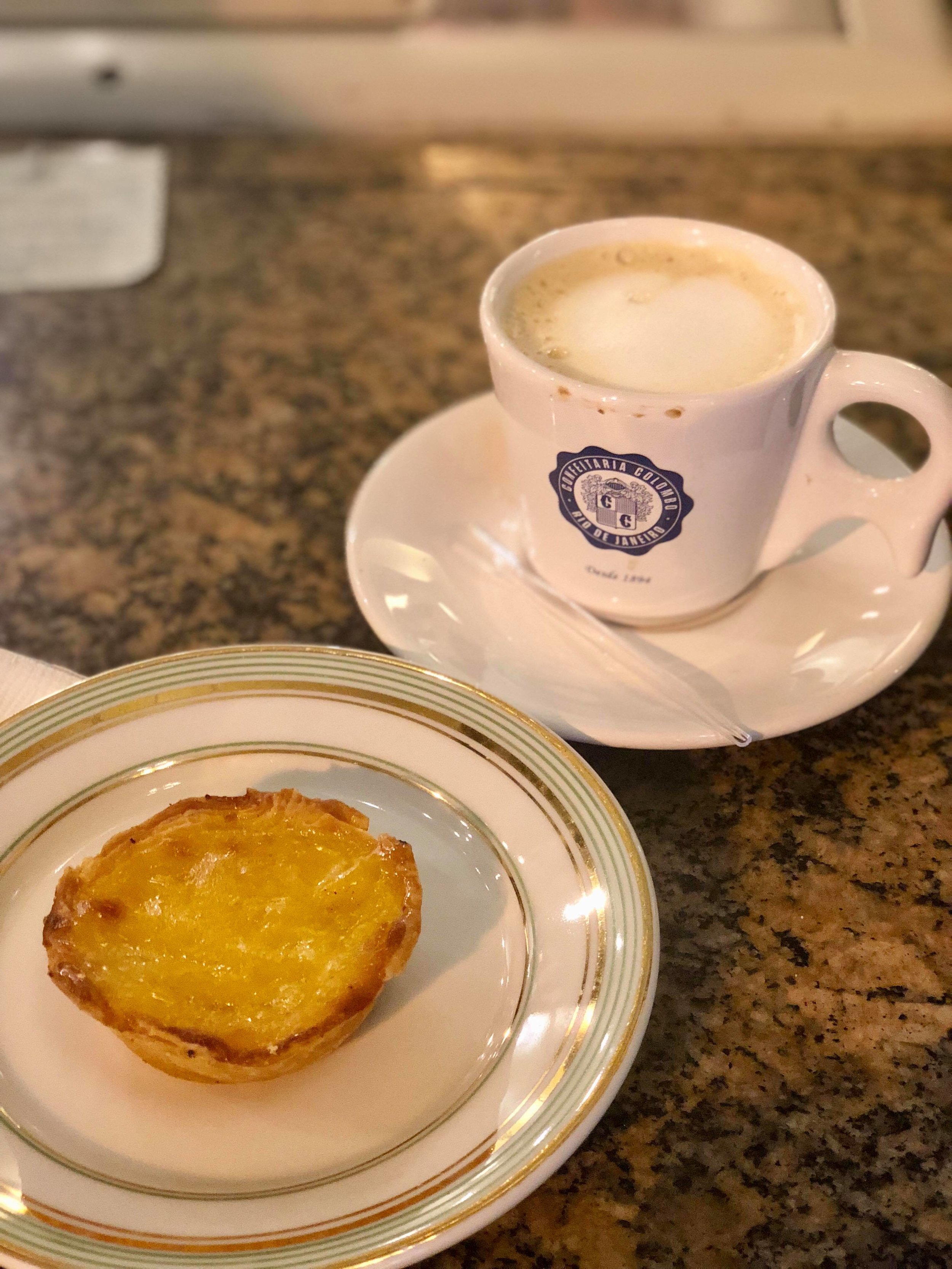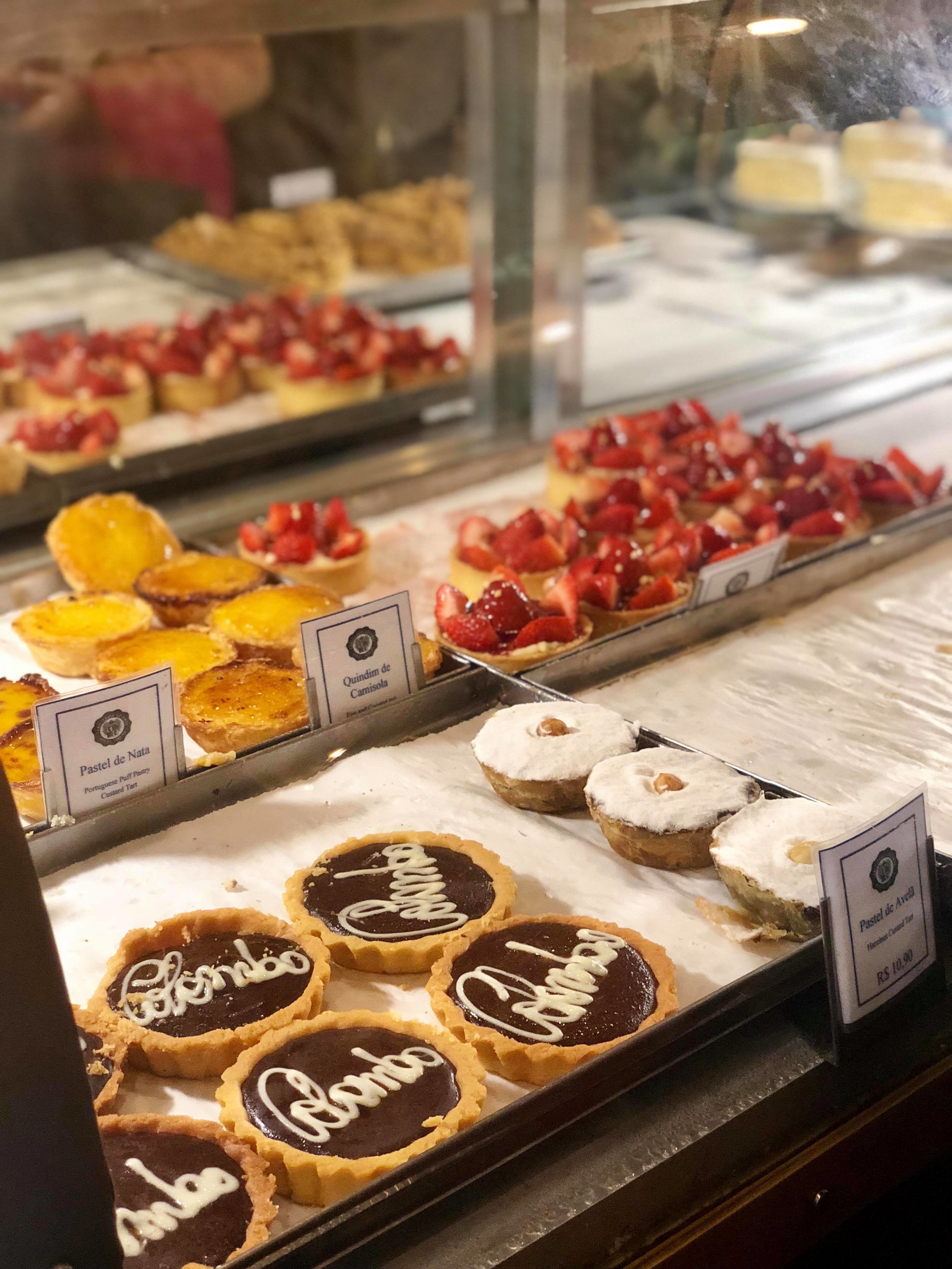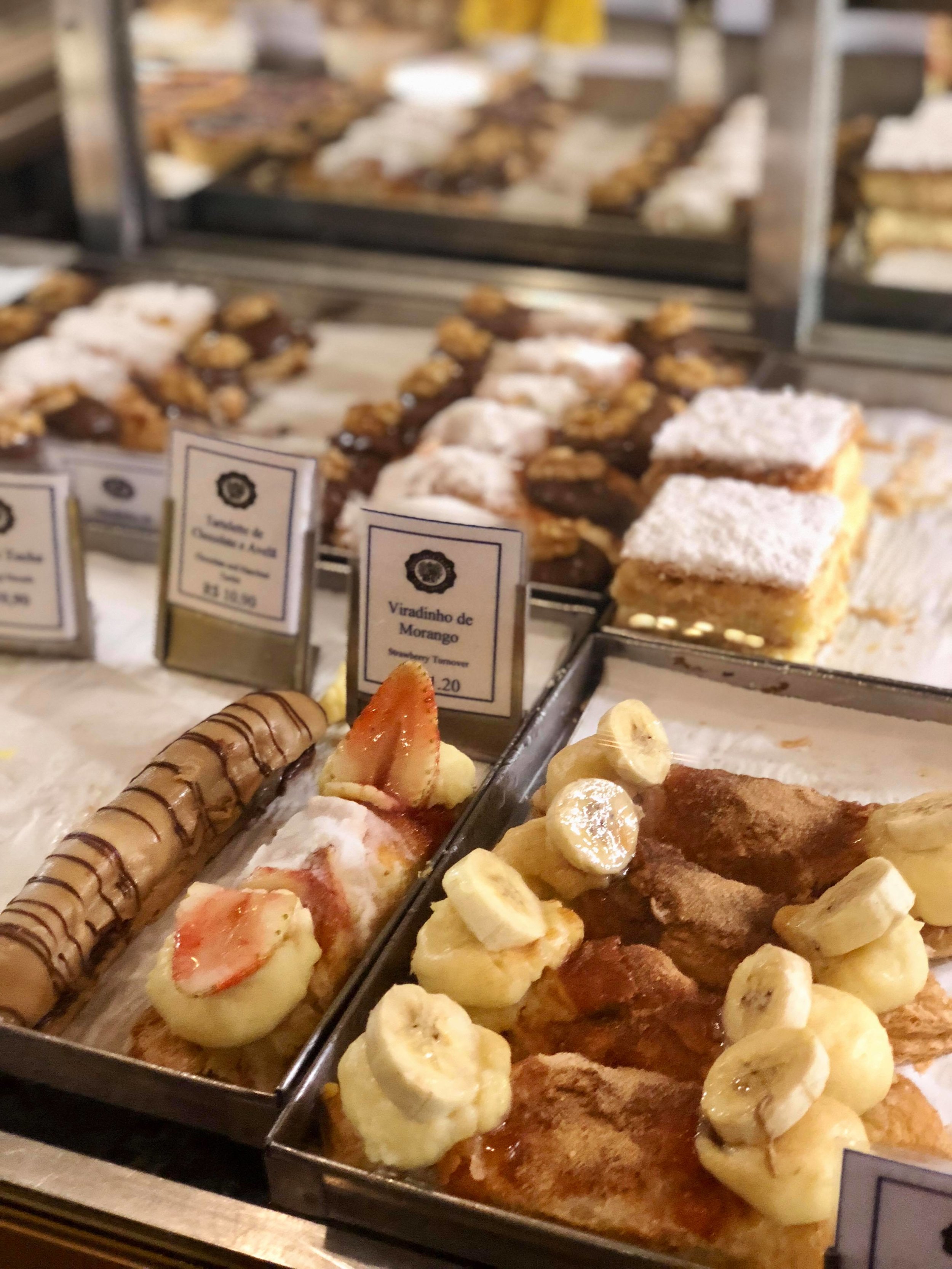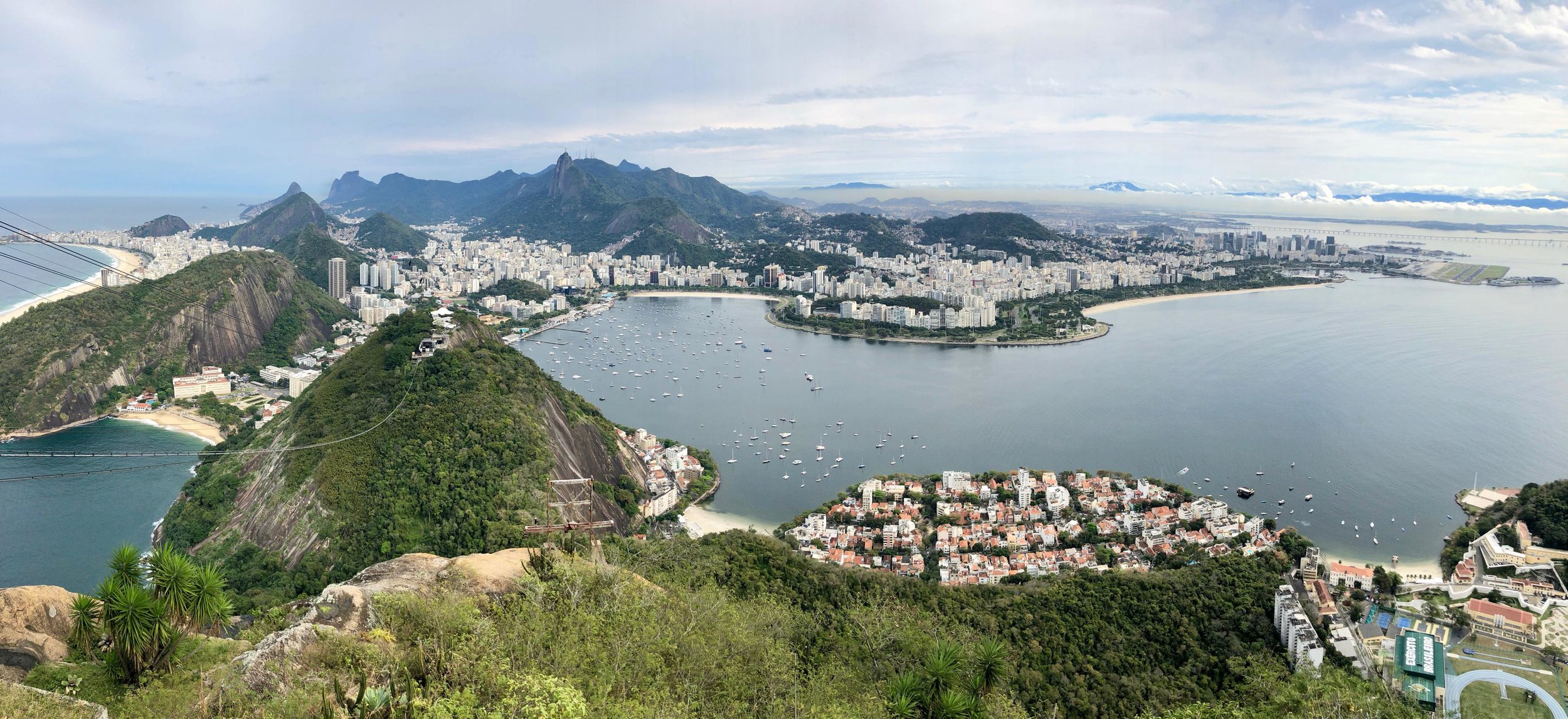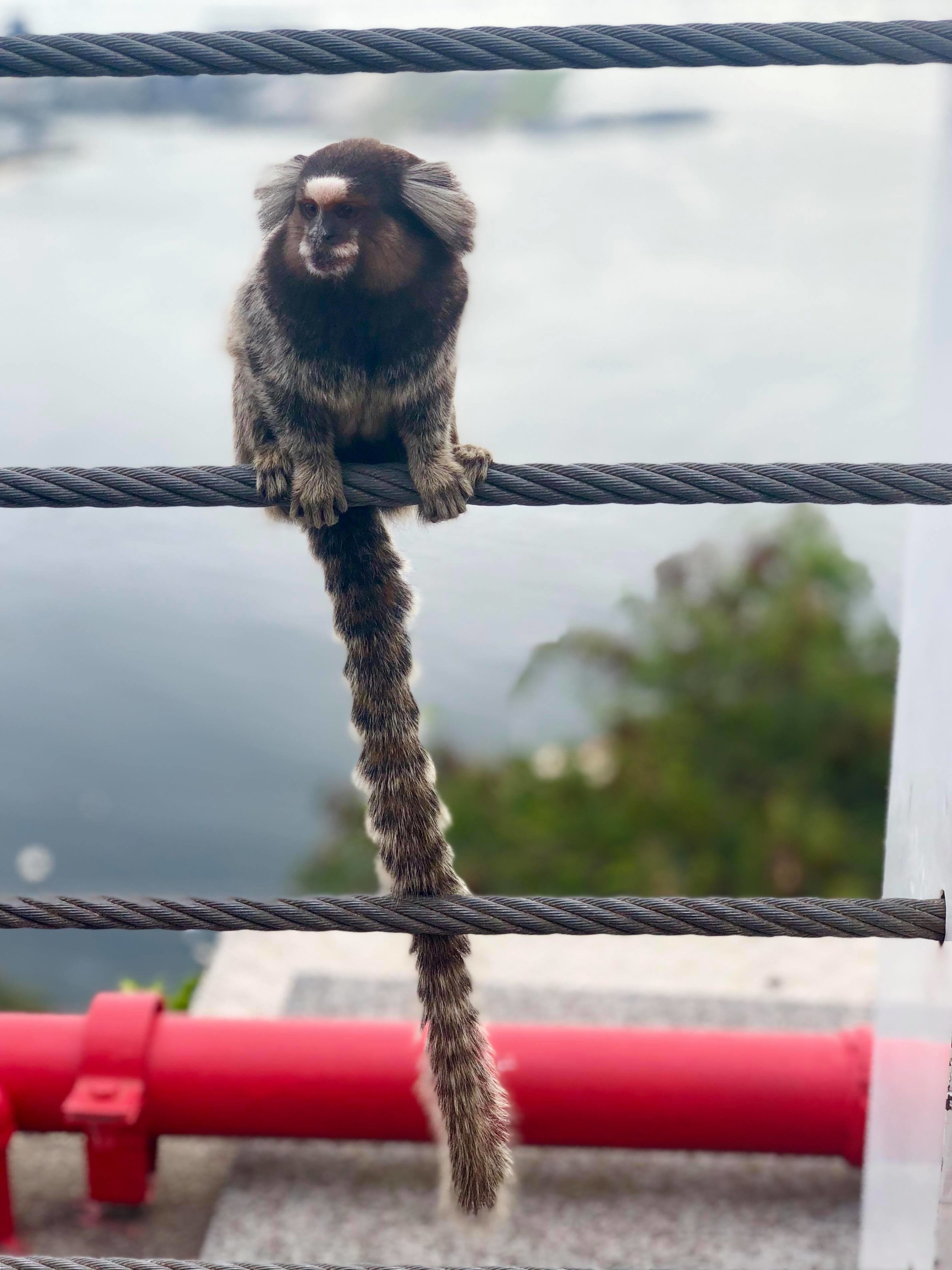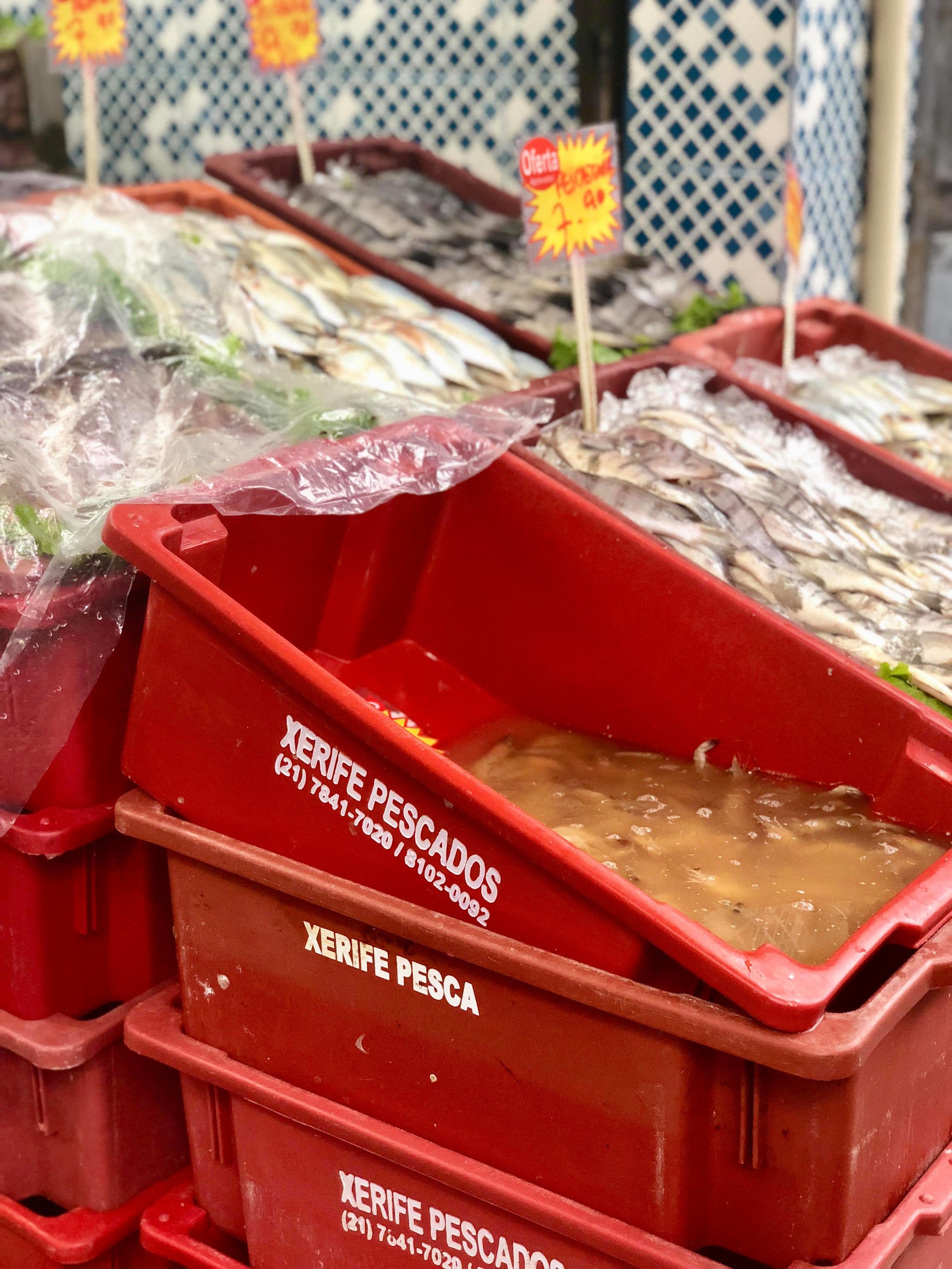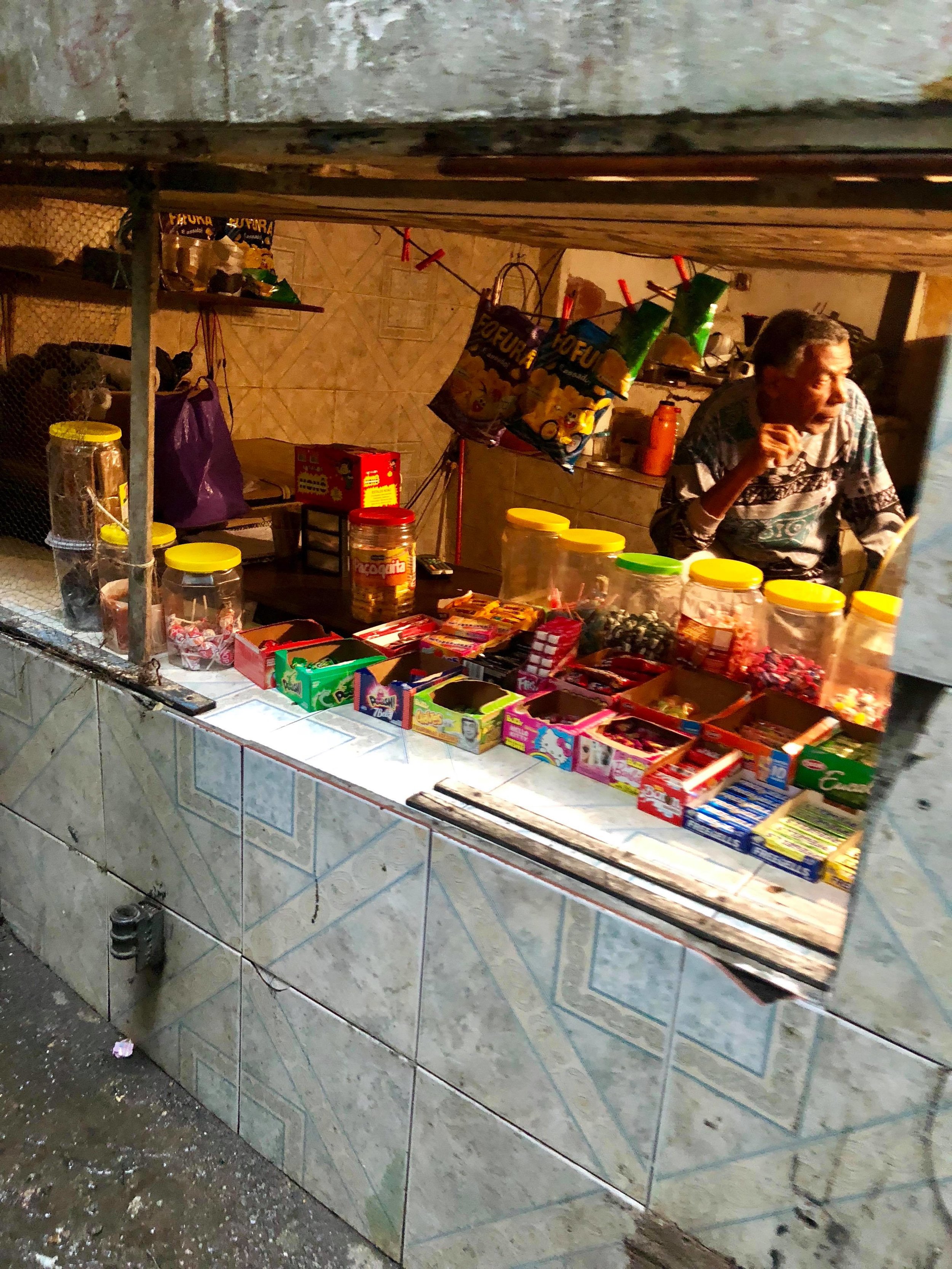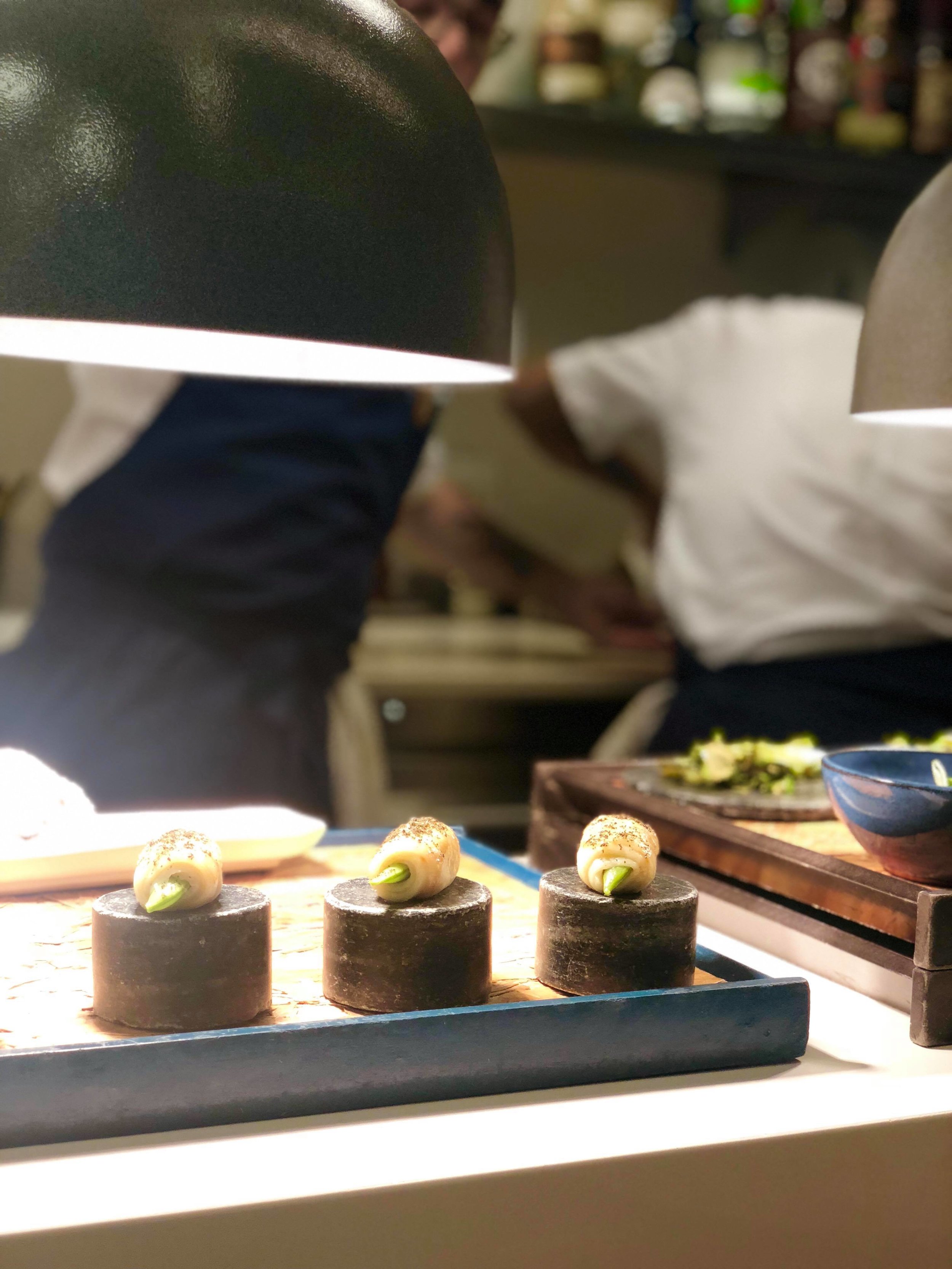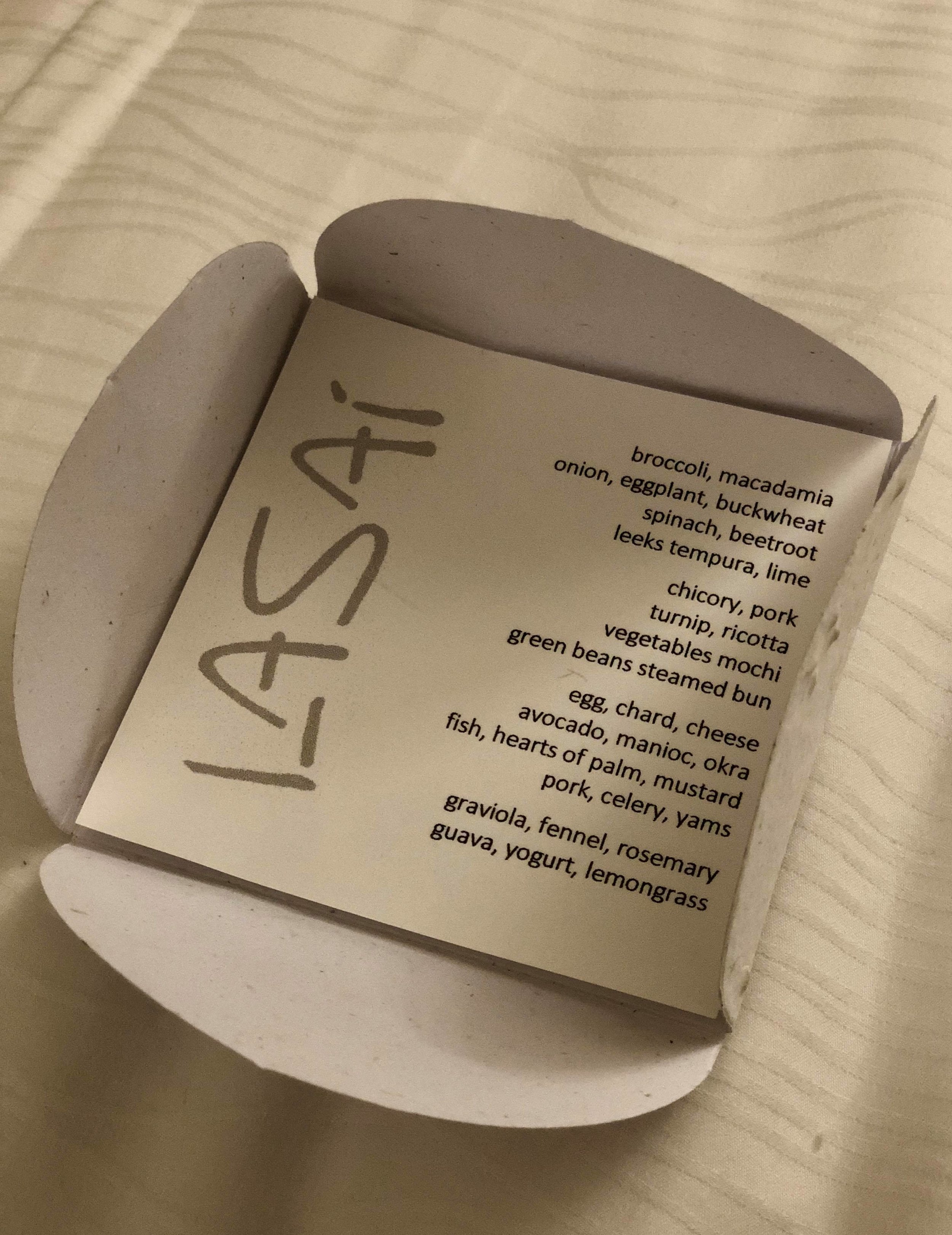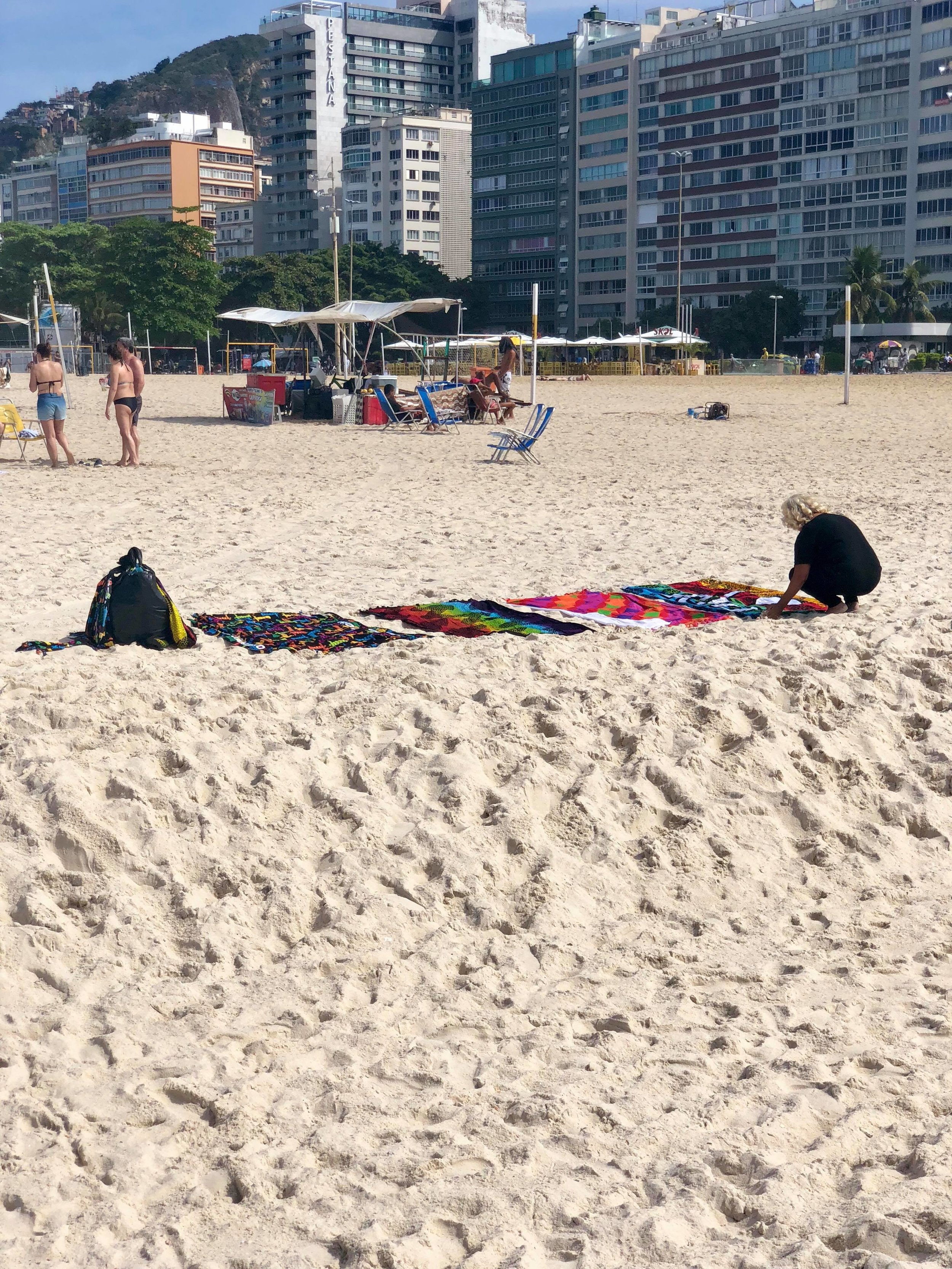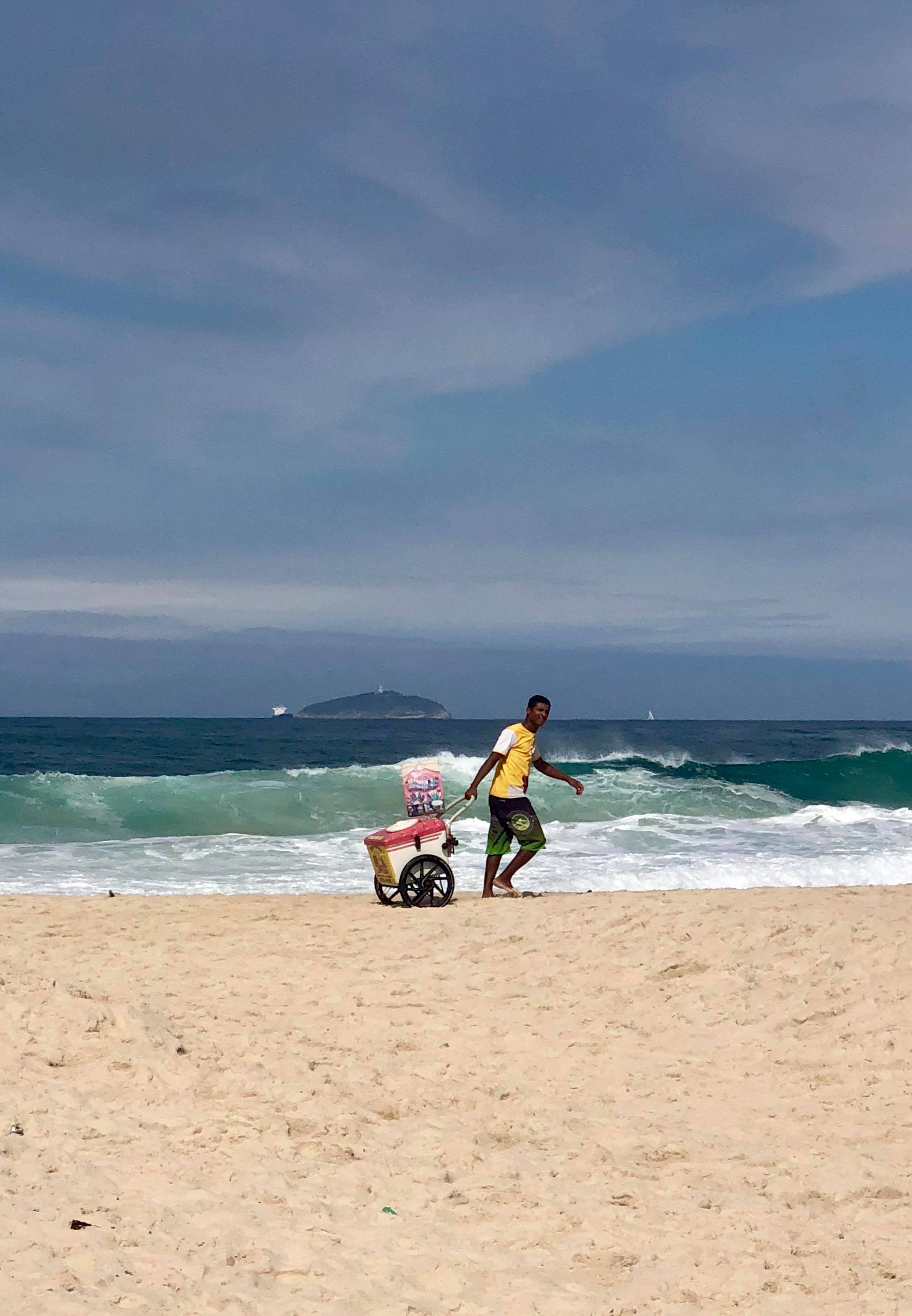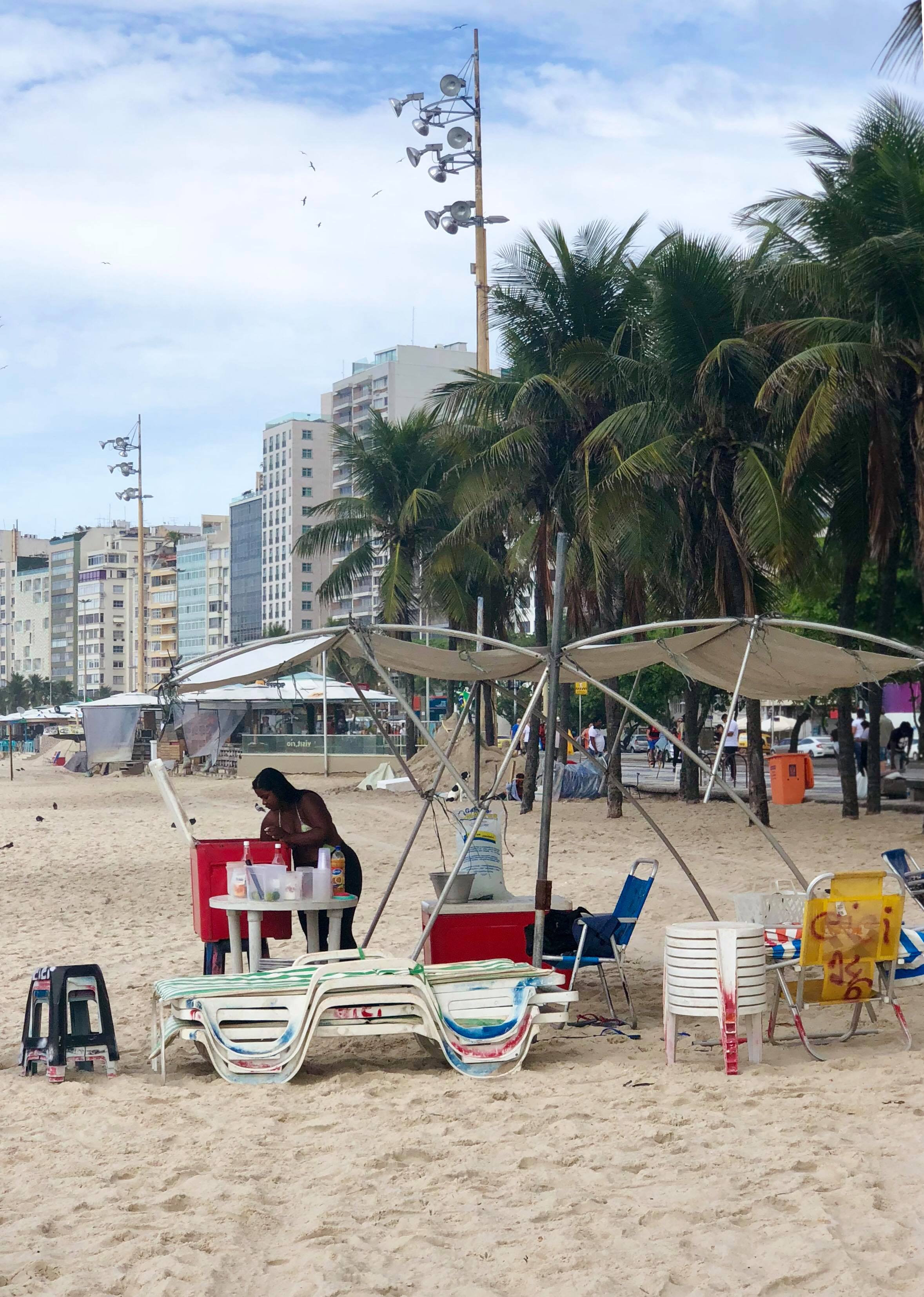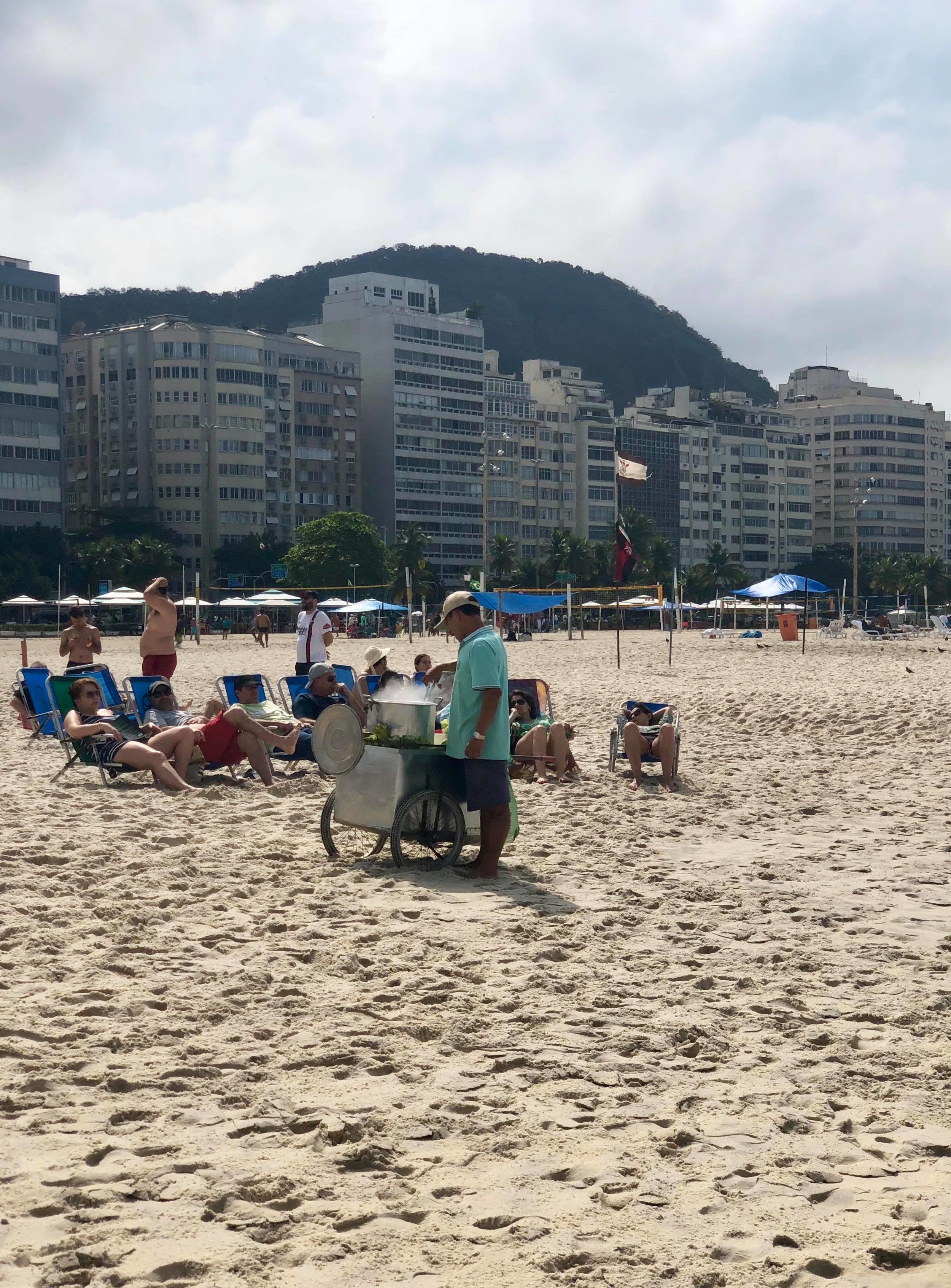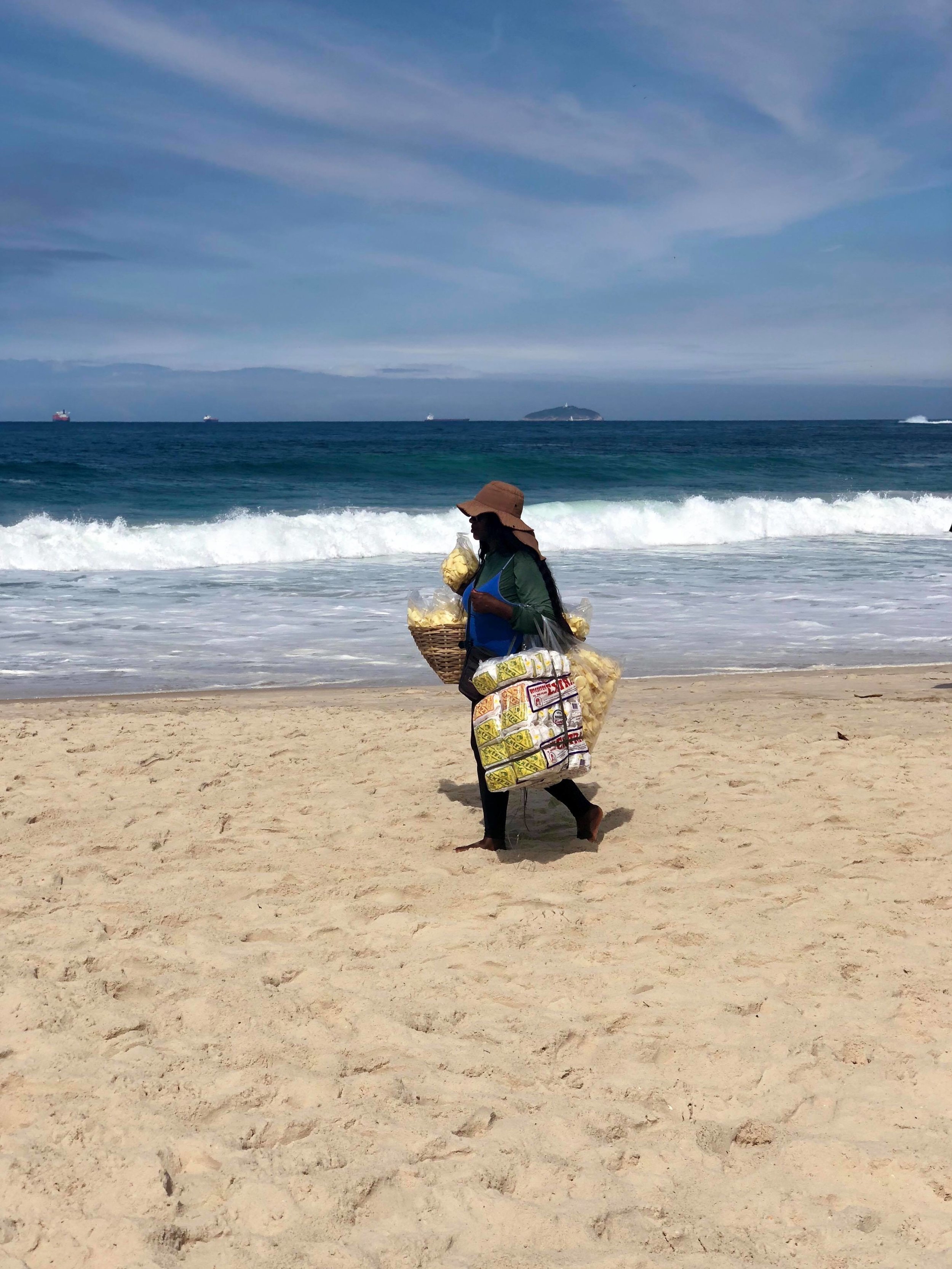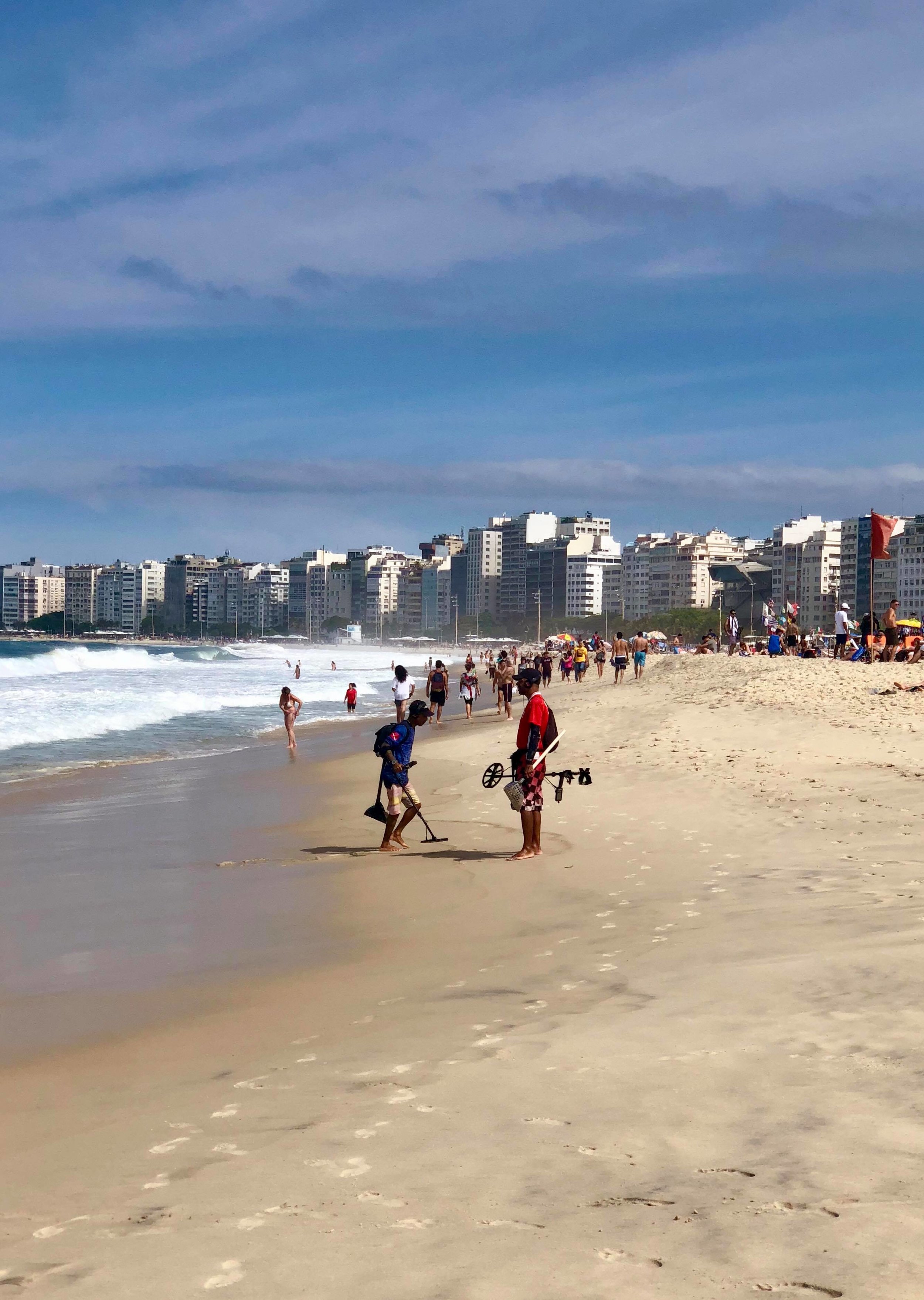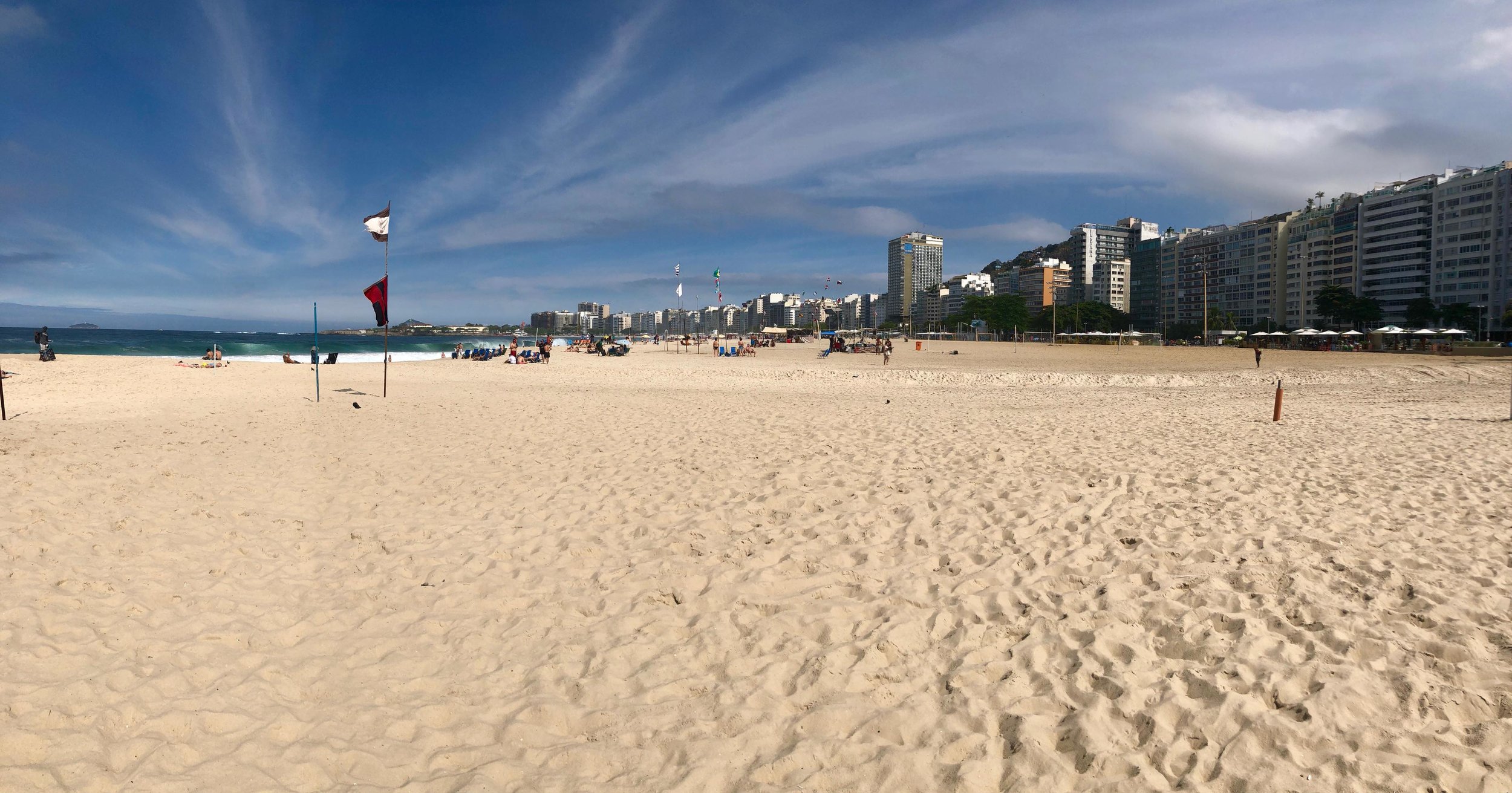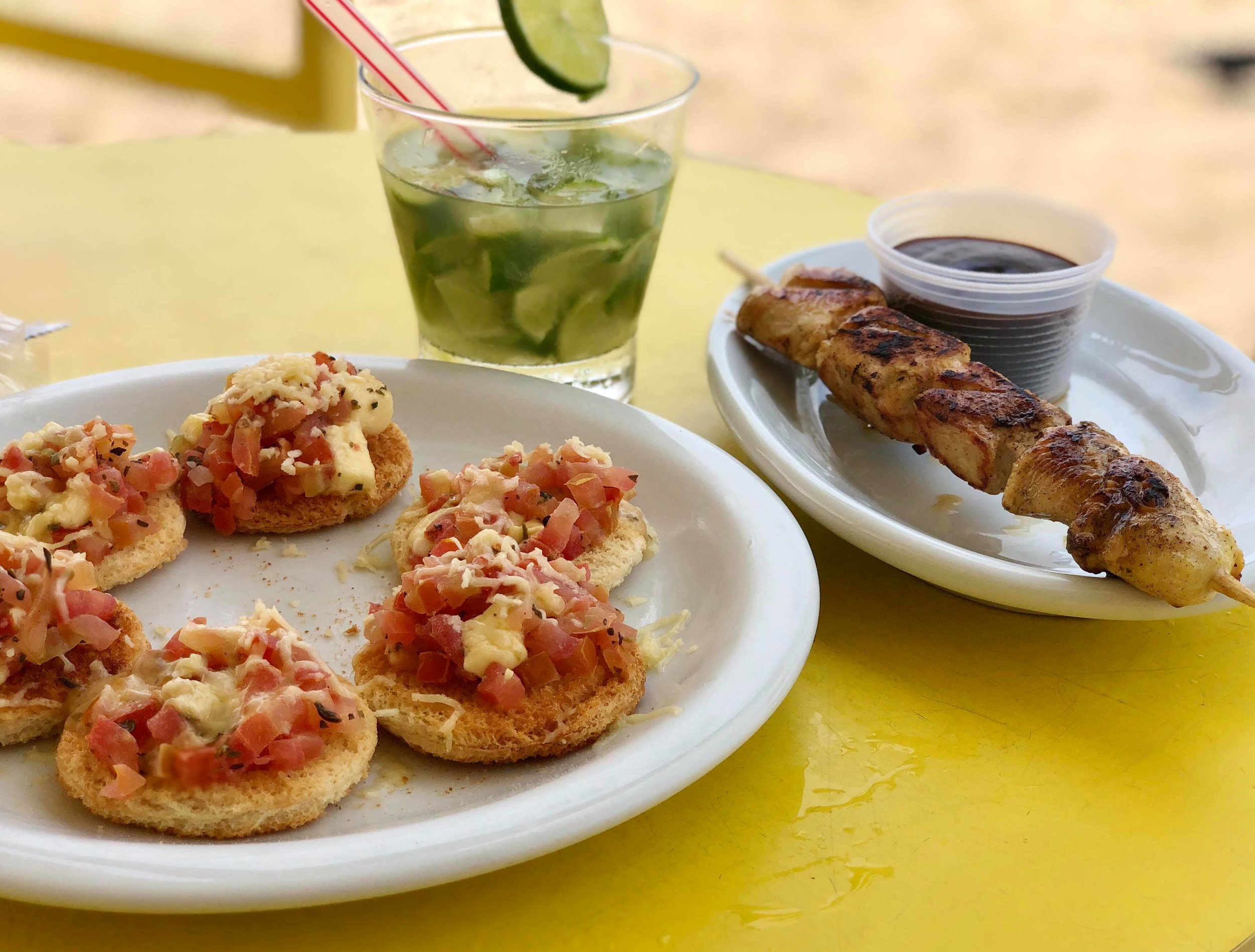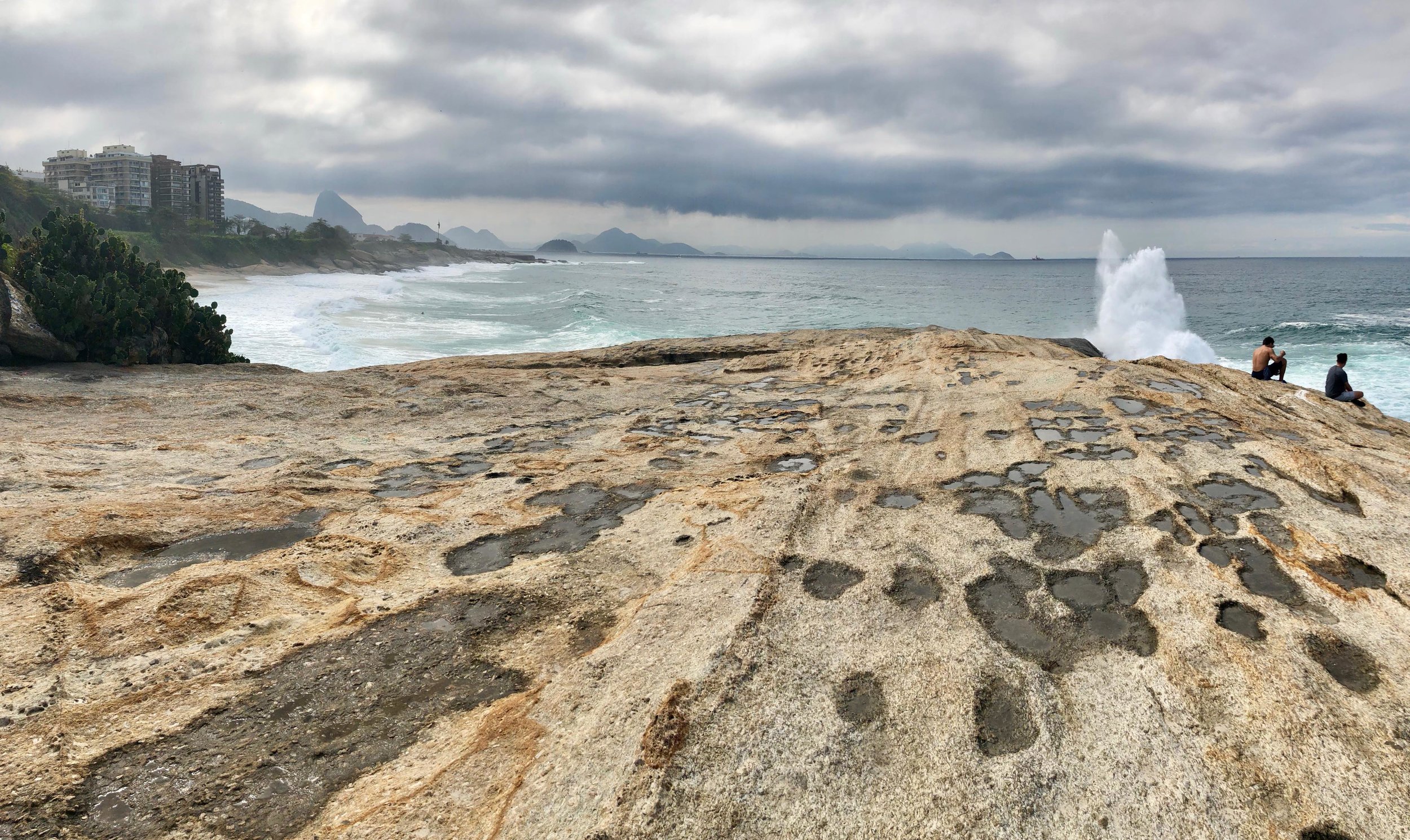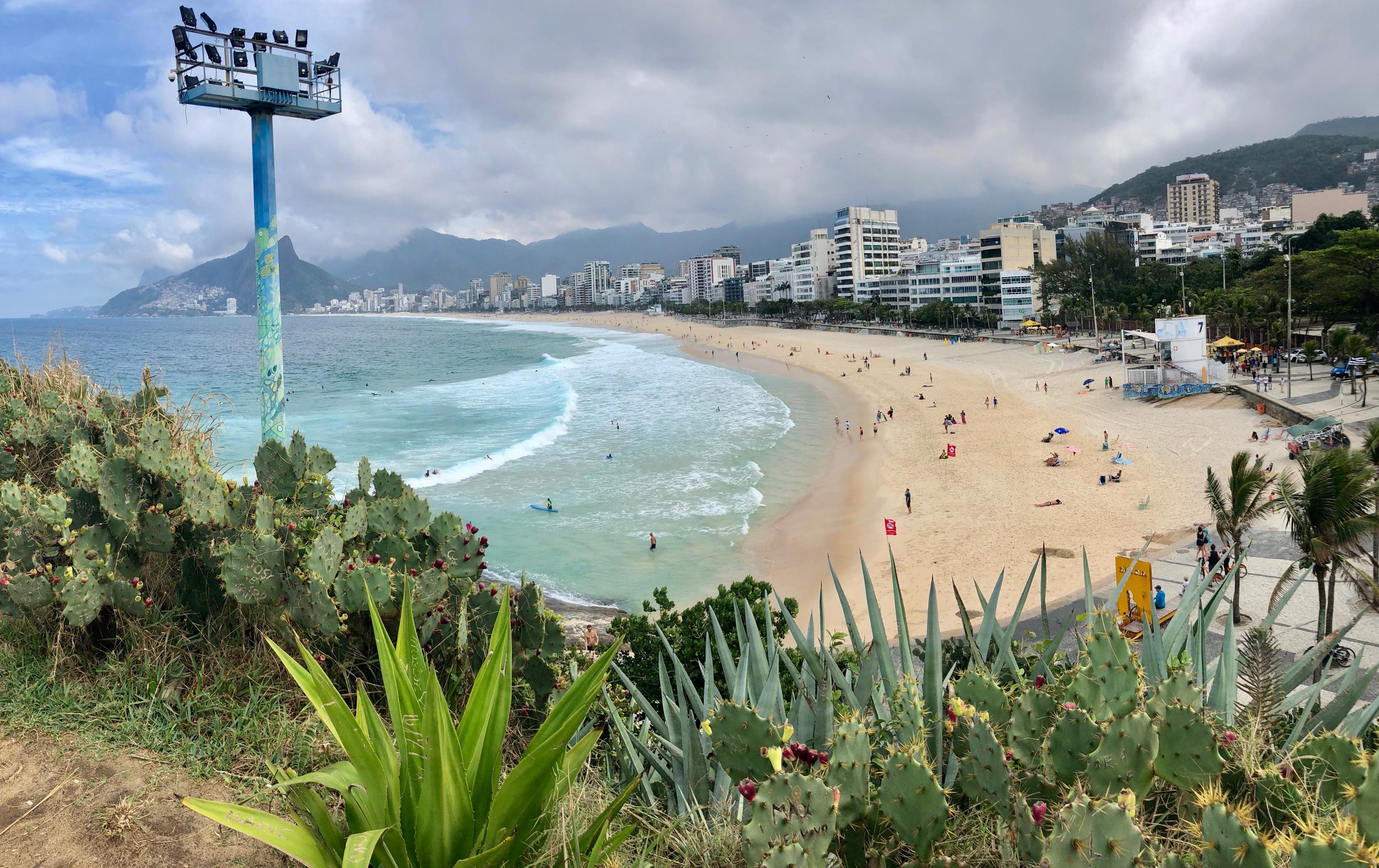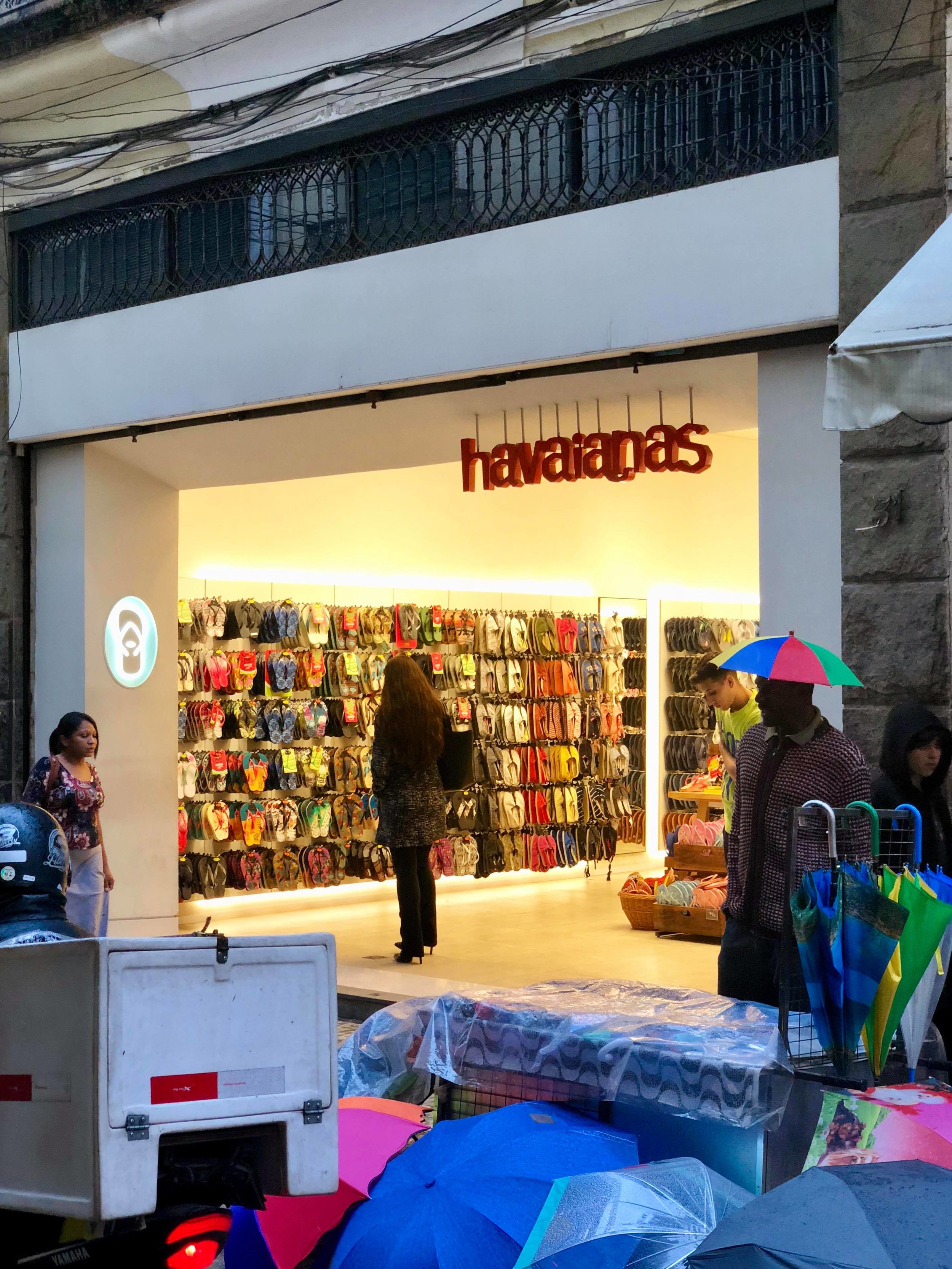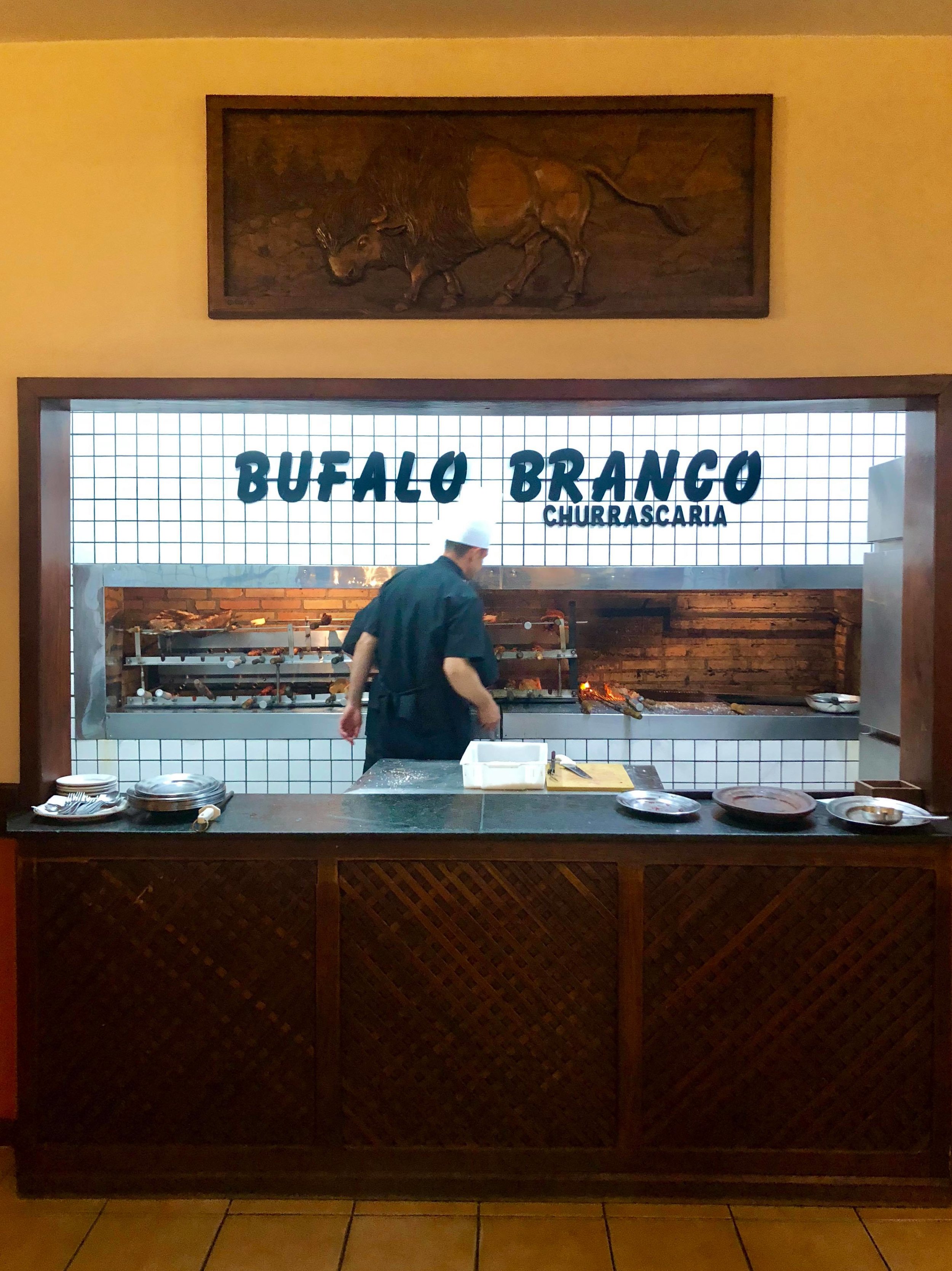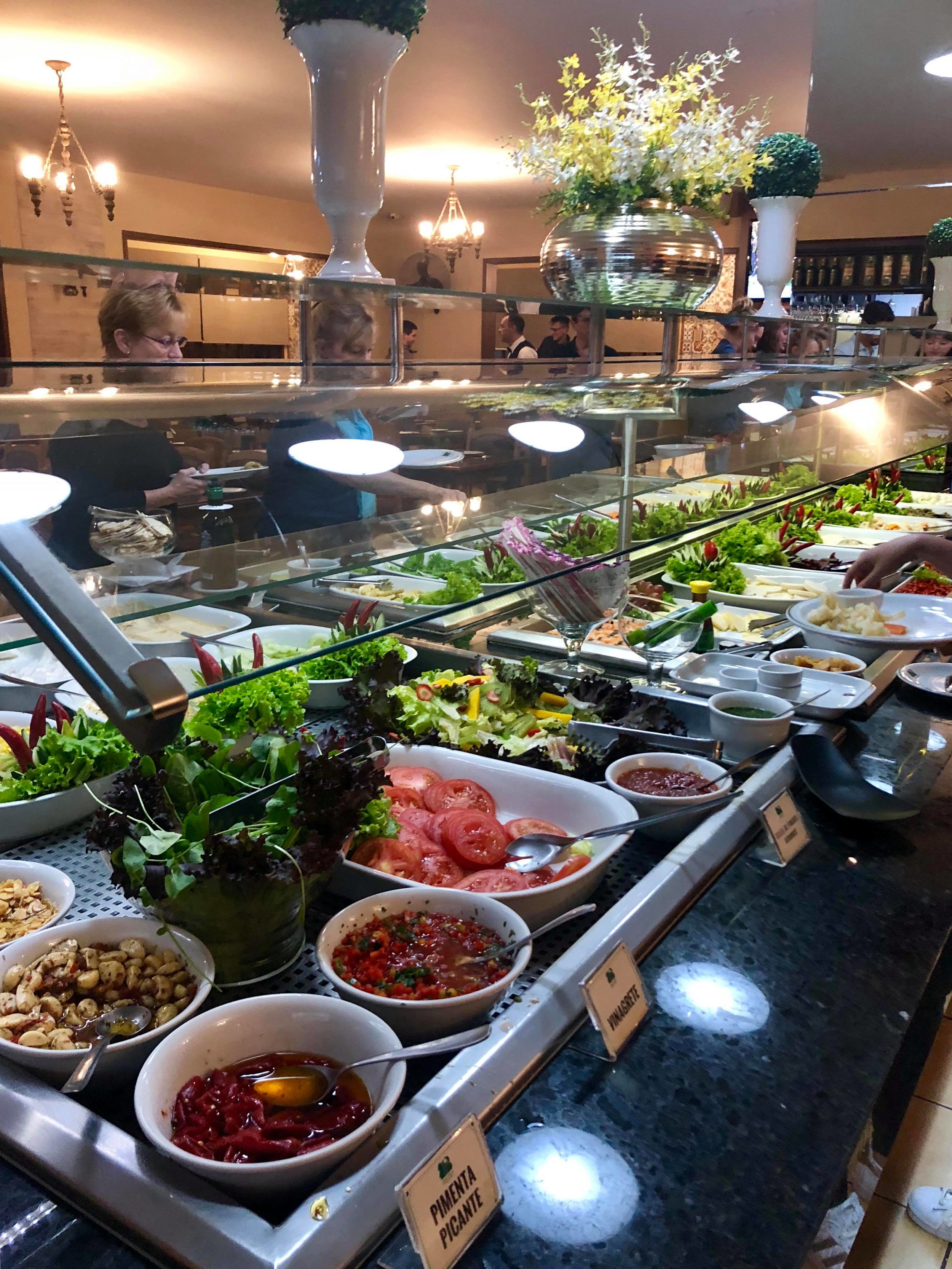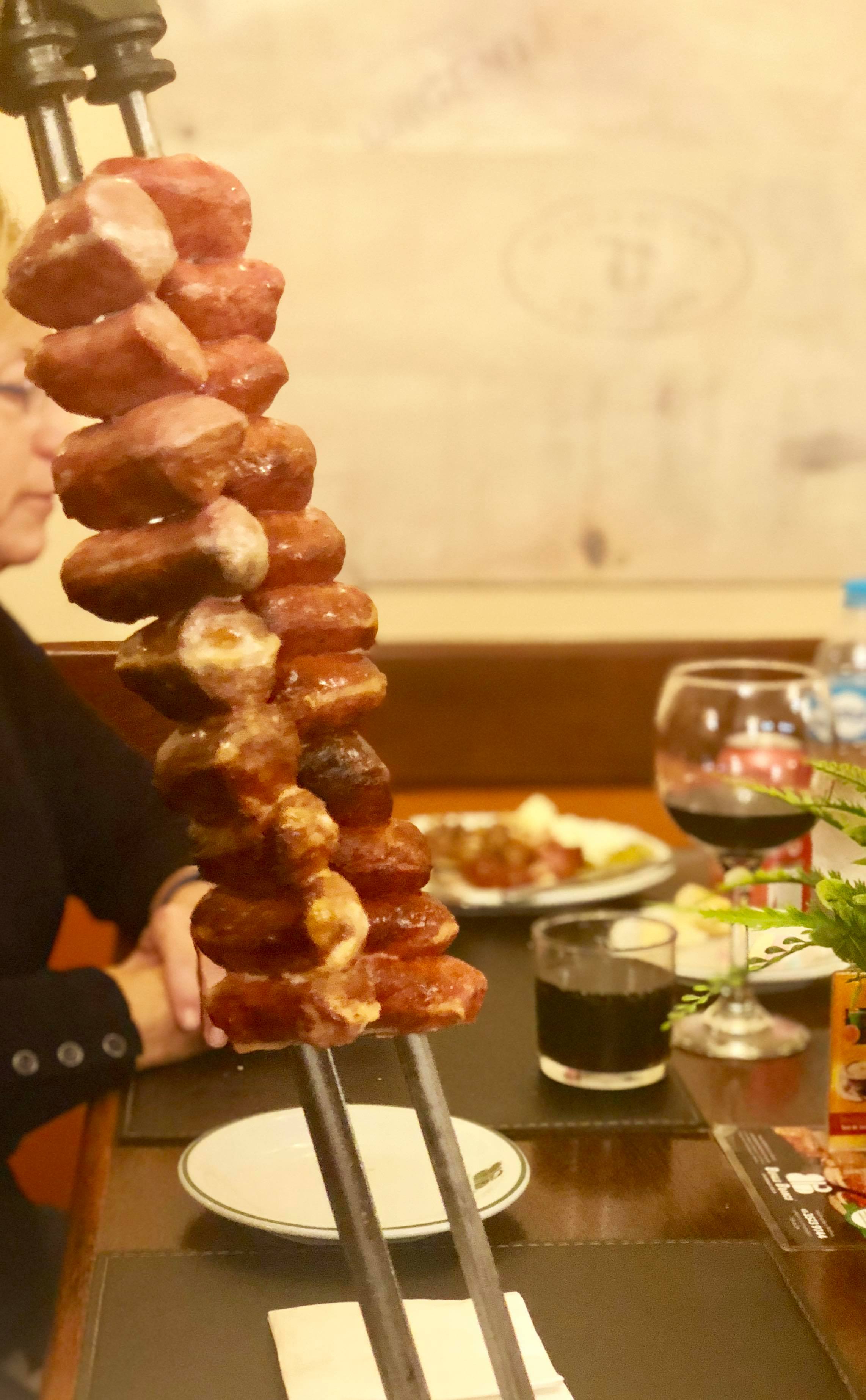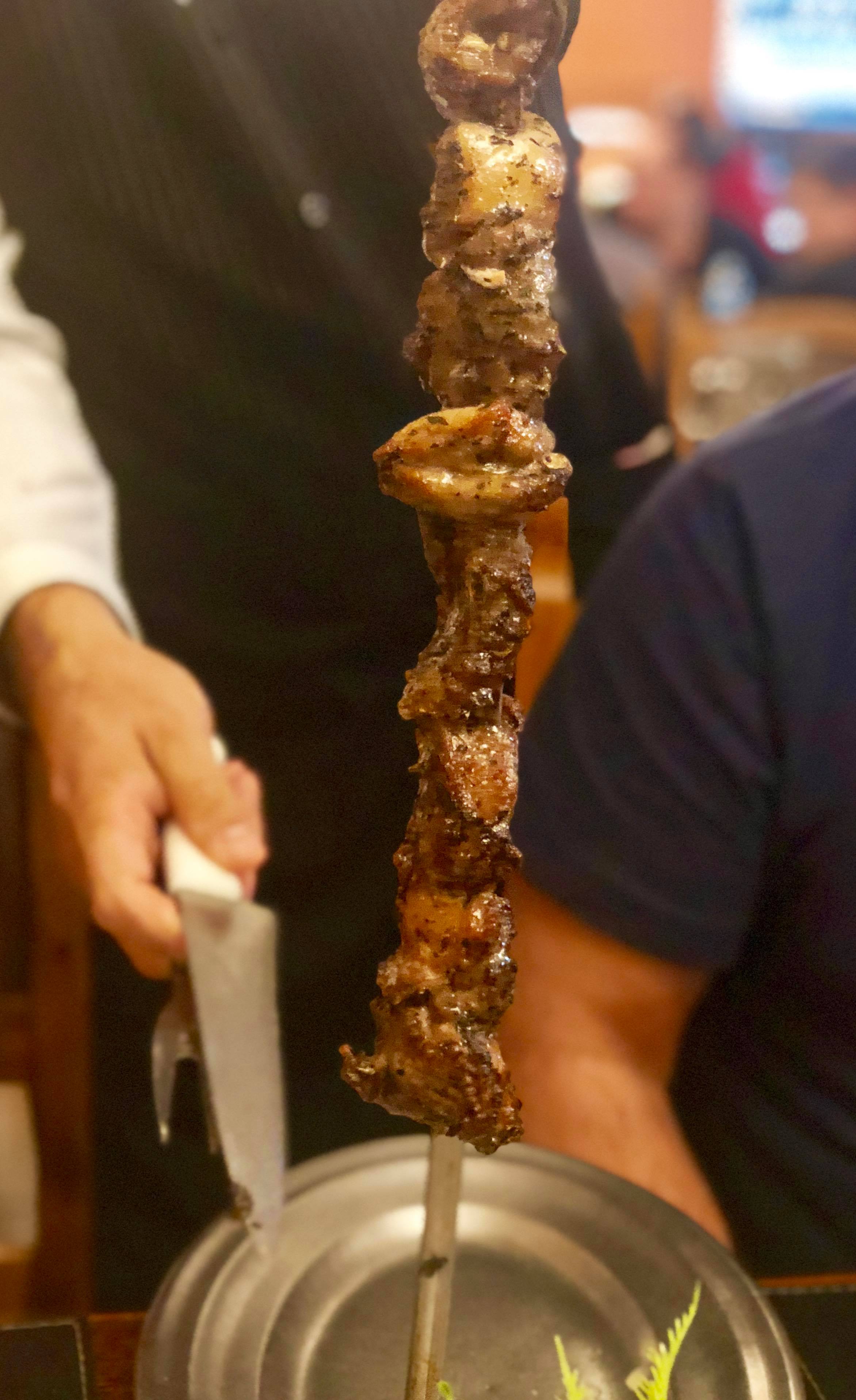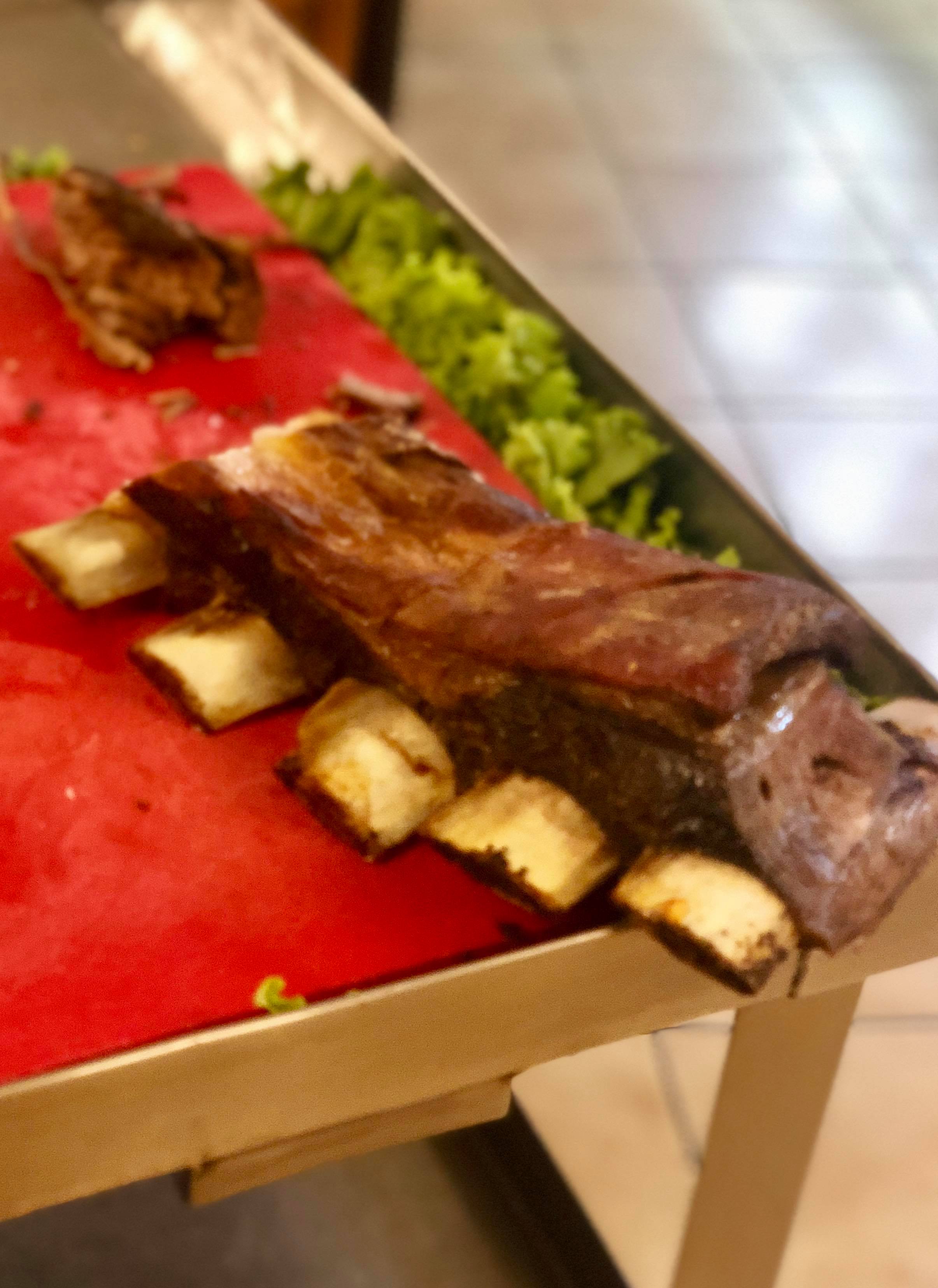My three days in Rio de Janeiro was as fast-paced, exciting, and out of this world as I thought it would be. Though initially daunted by the rainy weather (winters in Brazil can be quite wet), ultimately my experience with this vibrant city was a great one. Below are some highlights (in approximate chronological order).
Christ the Redeemer was less omnipresent in the city than previously thought, the statue played hide and seek with us as he appeared in and out of the clouds. It is rather a journey to the statue itself, including a winding path through the national park that makes up most of the mountain under the Redeemer, and a switch into special buses to the statue itself.
Finally, however, we were graced with a glimpse of the statue through the fog.
The view from a nearby lookout in the national park - with Sugarloaf Mountain in the distance.
The famed neighborhood of Santa Teresa - draws visitors with its winding, narrow pasts and bohemian vibe. This trendy neighborhood is filled with art galleries and collectives, and apt stop for creative souvenirs.
Santa Teresa
Santa Teresa is also home to the famed Selaron Steps, a mosaic staircase created over a number of years by Jorge Selarón - featuring patterns and representations from around the world. One of the most colorful & recognizable stops in the city.
The steps consist of 2000 tiles collected from over 60 countries around the world.
Caipirinhas are nearly synonymous with Rio - you’ll find them peddled at nearly every street corner, and are ubiquitous on drinks menus around the city. Whether it be the beach of the top of Sugarloaf Mountain - I hardly seemed to find myself without one while I was there. Then again - I rarely like to find myself without a drink on vacation, so I suppose the point is null (?)
This enterprising lady set up shop at the base of the Selaron Steps.
Caipirinhas…
are Brazil's national cocktail. They are made with cachaça, sugar and lime, cachaça being the country’s classic distilled liquor. Variations on the caipirinha can be found with vodka, sake, and various flavors (typically fruit).
Nearby the steps, we stopped for a bite to eat. Local Brazilian fare features heavily on meat, but due to the nation’s history with Portugal - standard fare is also influenced strongly by the Portuguese.
A dish of sauteed sausage, onions, and a maize-based carb side with pork rinds that was out of this world.
Portugese egg tarts are common in Brazil, as is, of course, wine. The aged red wine (right), was typically consumed in sherry-like fashion. Heavy and sweet, it was very palatable as a digestif.
Confeitaria Colombo in the city-center is the oldest cafe in Rio - and rather splendid in its decor.
Stop by for a cup of coffee, and a pastel de nata (egg tart).
If you’re in the mood, the grand cafe also has an endless amount of pastries. Seating is standard, with traditional service, or pay at the cashier and eat at the counter.
Sugarloaf Mountain in nearly as synonymous with Rio as Christ the Redeemer, naturally one cannot step into the city for the first time without stopping by. Cable cars take you from the bottom of the mountain to the top, with a stop at a station midway en-route to the top of Sugarloaf.
The top of mountain features panoramic views of the city, and on a clear day one can see the statue in the distance.
There is a sizable area on the top, with various cafes, souvenir stores, and even…lemurs.
A whole family of lemurs (?) greeted us as we were snapping pictures of the view.
I must admit that going to Rocinha was one of the more difficult decisions of this trip. Having heard about the vibrant, albeit dangerous nature of the favelas of Rio, I was both wildly curious and, at the beginning, quite terrified of venturing inside.
Ultimately, curiosity got the better of me and I booked myself a spot on a tour. The guide was a local resident of the favela himself, having lived there for decades and reassured us that the negative press coverage of rampant crime and violence inside these miniature cities weren’t reflective of their true nature.
Due to the vast amounts of area covered by the favelas, each of these neighborhoods have their own transportation system inside. Seen below in yellow vests are the cab drivers of favela, who for a small fee will drive residents to their destinations within the labyrinth of housing.
Subsequent photos feature snapshots of life in the favela. With news constantly reporting of shootings, crime, and danger, it’s easy to forget that these places are homes to hundreds of thousands. Though recent political tensions have incited violence in many areas of Rio, I found the residents here most amenable and kind.
For less than 50 cents, soft serve made of 100% pure acai. Light and sweet, a refreshing bite in the middle of our walk in the favelas.
Inside Rocinha, there are larger streets that wind around buildings, but most residents live off of small alleyways hidden in the maze of dwellings, wires, stairs, and shelters molded into the side of the mountain on which the favela sits.
A restaurant that came highly recommended, and is indeed already immensely popular in Rio is Lasai. Book in advance to secure seats at the kitchen counter - for an immersive view of the bustling kitchen.
The one central element that has been missing in this post, given its about Rio…BEACHES. There are two main ones in the city - Copacabana and Ipanema.
Copacabana is the larger of the two beaches on the western side of the city - iconic for the waves on the sidewalk that run the length of the stretch of sand.
Graced with a sunny day on my last morning in Rio - the sun drew out locals and tourists alike by the sea. Lots of activity going on - a lot of people selling stuff (!) but also locals being active.
Among other popular beach activities, volleyball and, of all things, treasure hunting mad made the cut. Assuming they were looking for dropped valuables left behind by beach-goers, rather than hidden treasure, but….who knows!
This hut makes me regret not getting my lifeguard certification. Oh, how different life could be…
Stop by any of the myriad of beach-side cafes for a caiprinha and some food. Perfect.
The two beaches of Copacabana and Ipanema meet at a junction known as Copacabana Fort.
One can get a spectacular view of Ipanema beach from this higher vantage points of the rocks surrounding the fort.
Last but not least, don’t forget to stop by one of the ubiquitous Havaianas stores in the city & pick up a pair.
Before I end, just wanted to give a shout out to churrascarias, IMO the unsung heroes of the BBQ world, at least outside of the Latin world, anyway. Featuring a variety of meats and other grilled goods made in the central grill in the kitchen, these restaurants also typically have a buffet of vegetables, fruits, desert..and sushi.
Essentially all you can eat, Brazilian barbecue features waiters bring varies cuts of various meat on a large skewer.
This particular churrascaria wasn’t located in Rio, unfortunately, but on the Brazilian side of Iguassu Falls. I put it here because I didn’t want to distract from the majestic falls in that post - but lets face it, if you’re in Rio already, you might as well as make the trip to Iguassu. Seriously.
Ironically, my favorite grilled foodstuff during this meal was the pineapple. Turns out, hot pineapple? Absolutely phenomenal.






